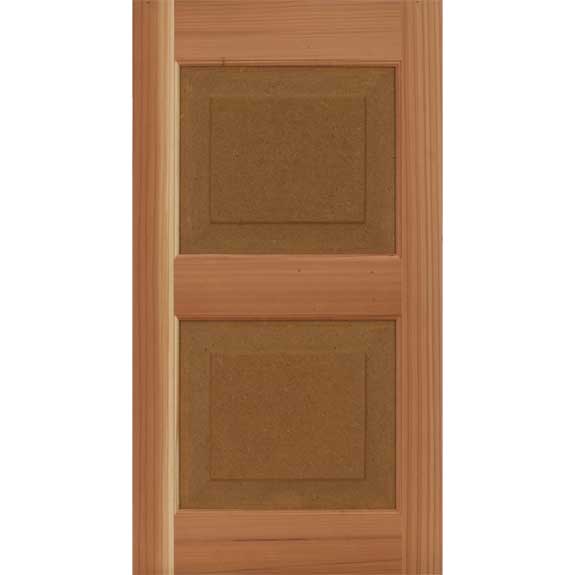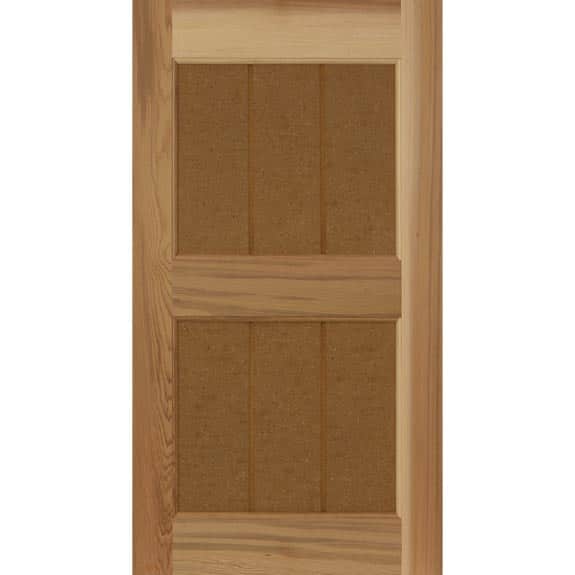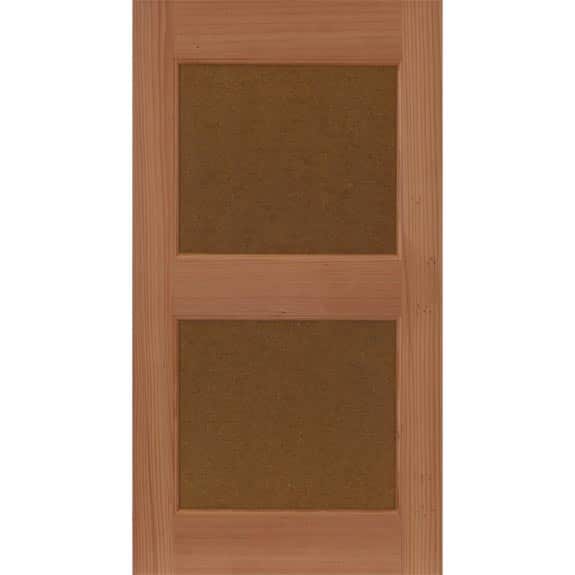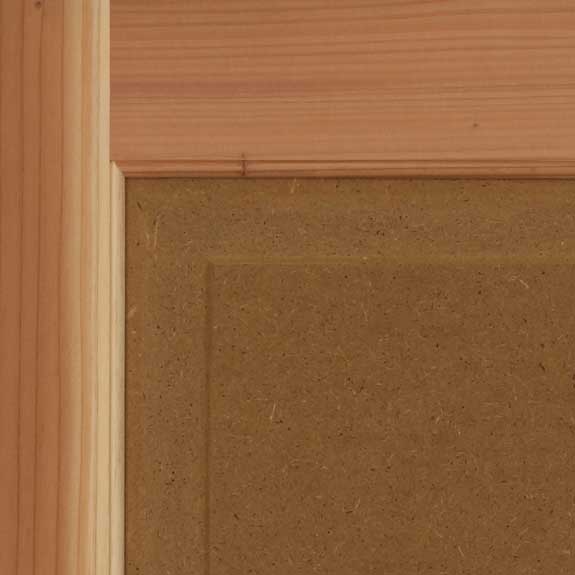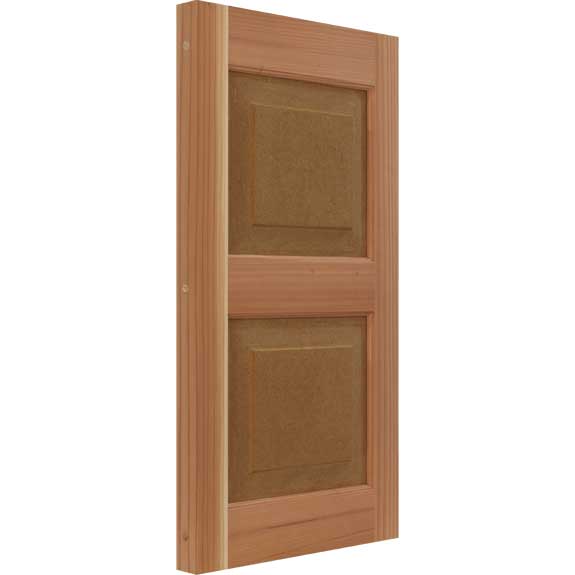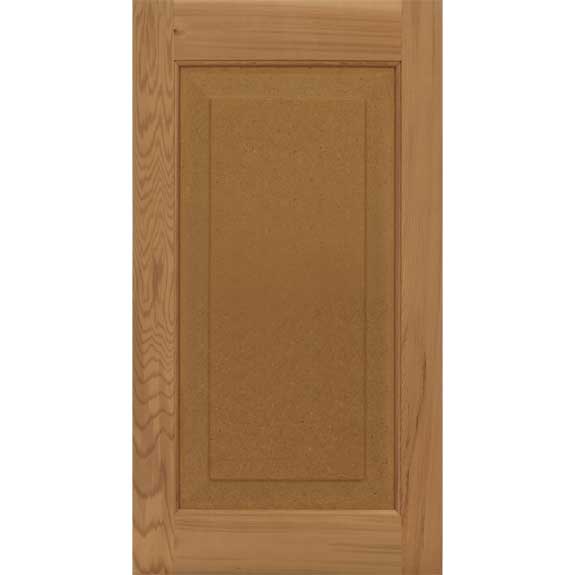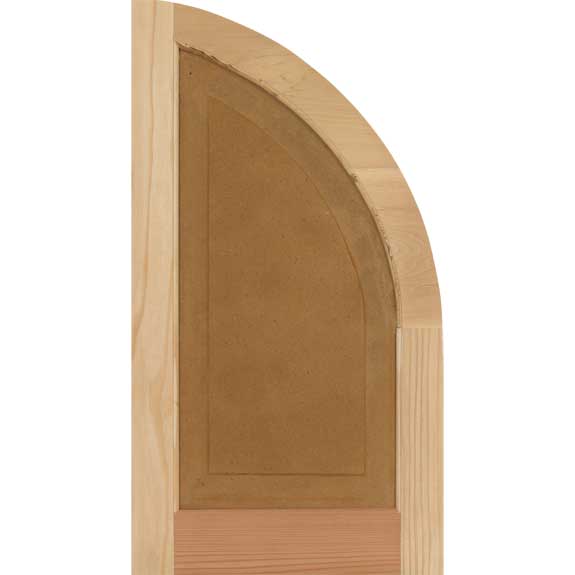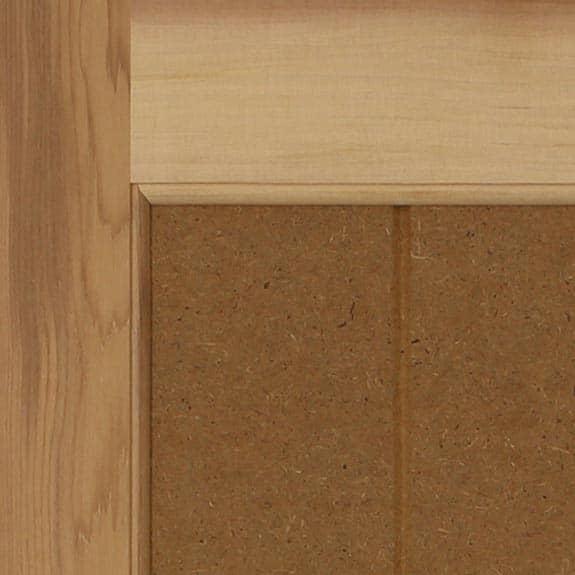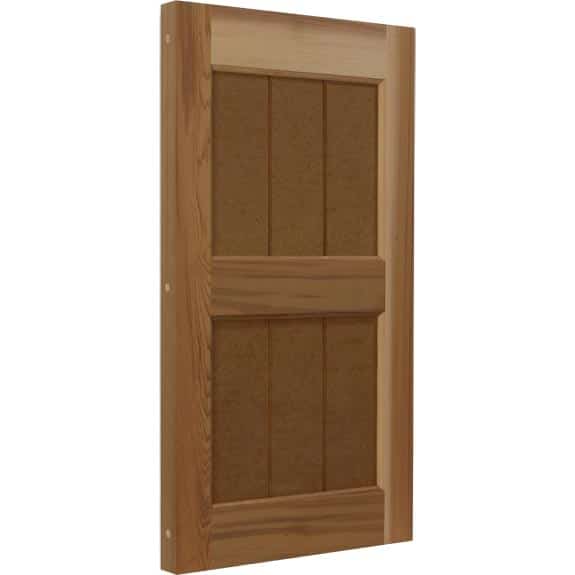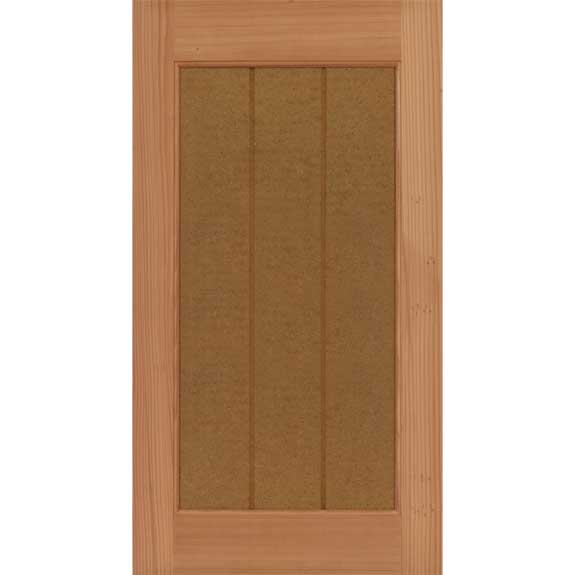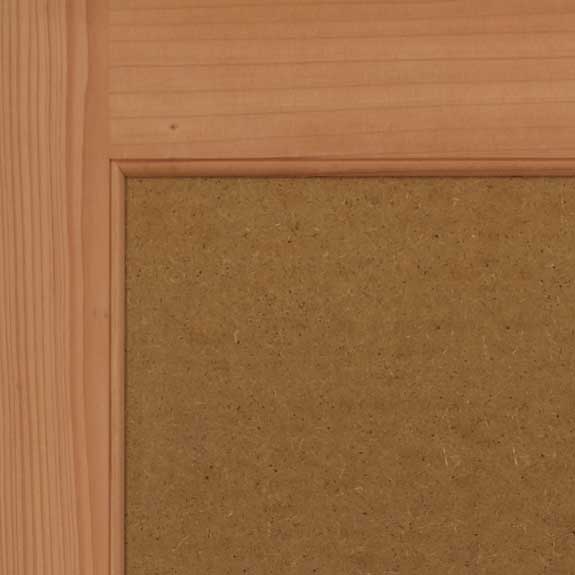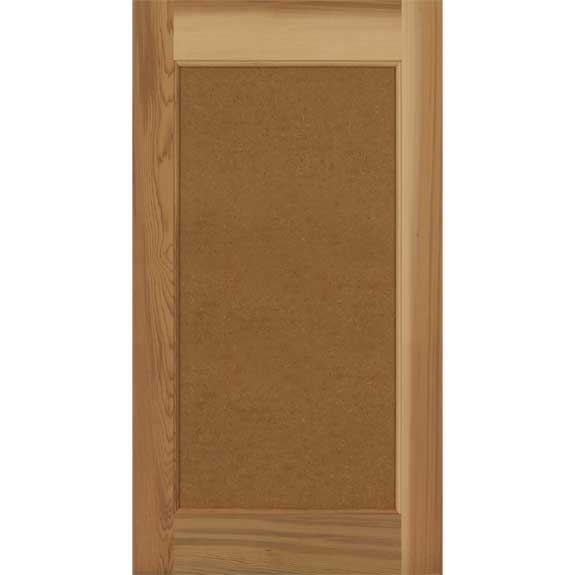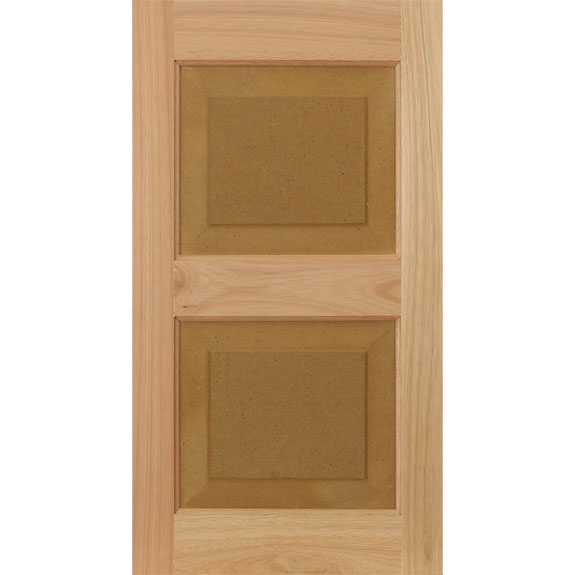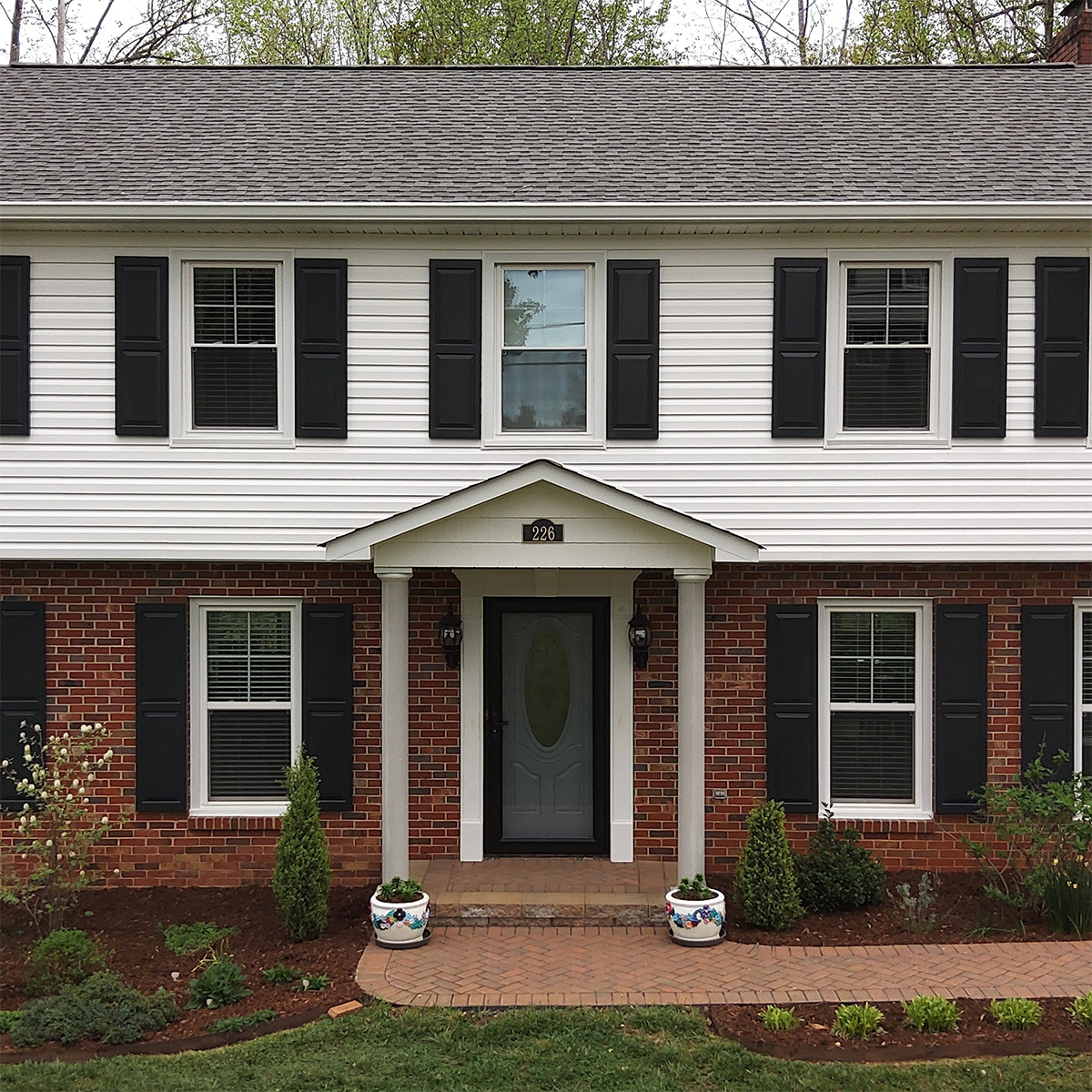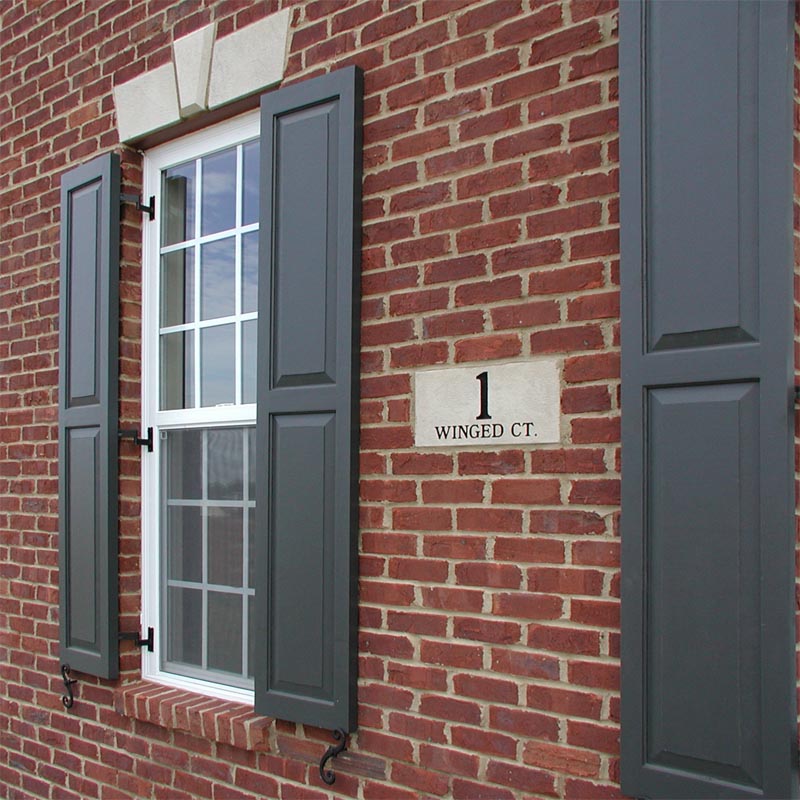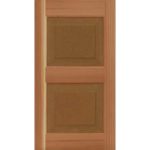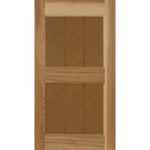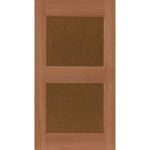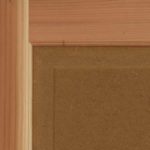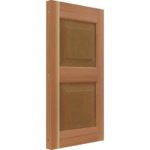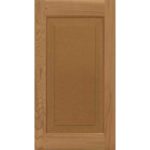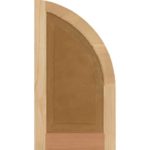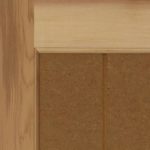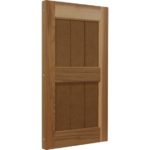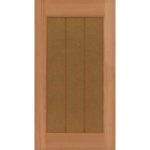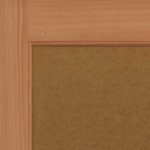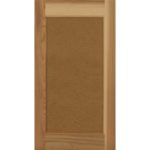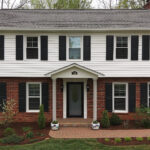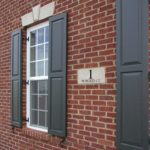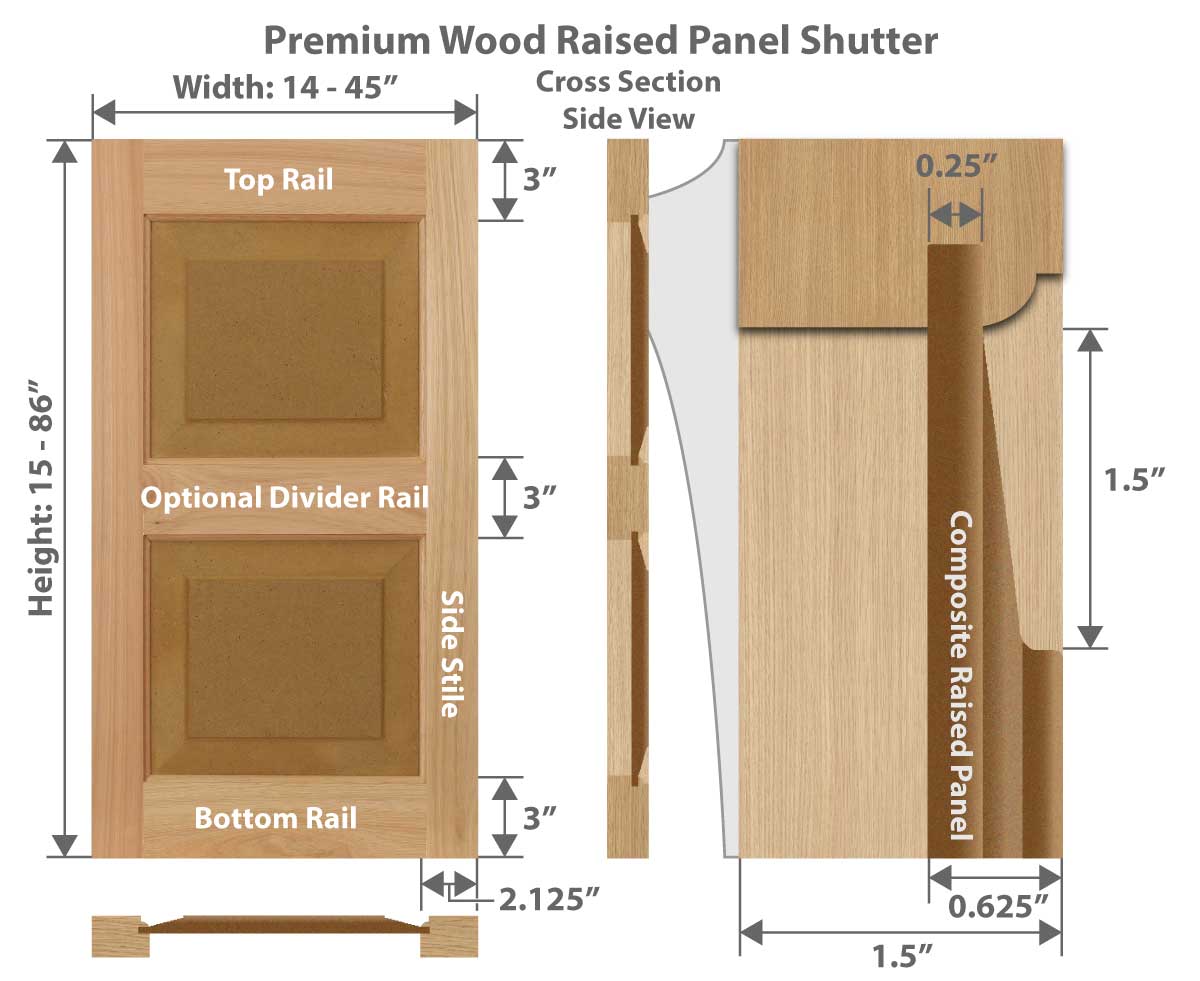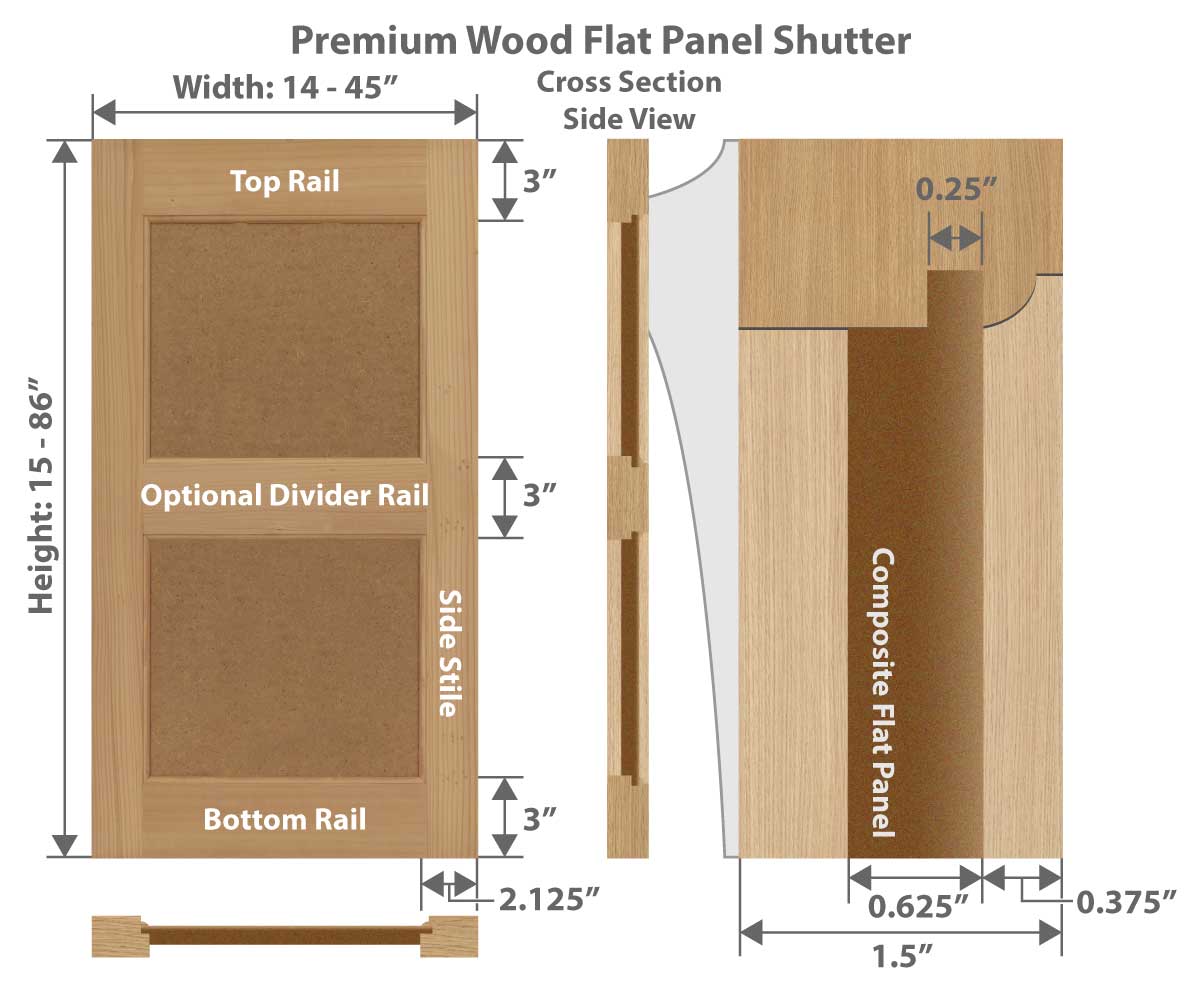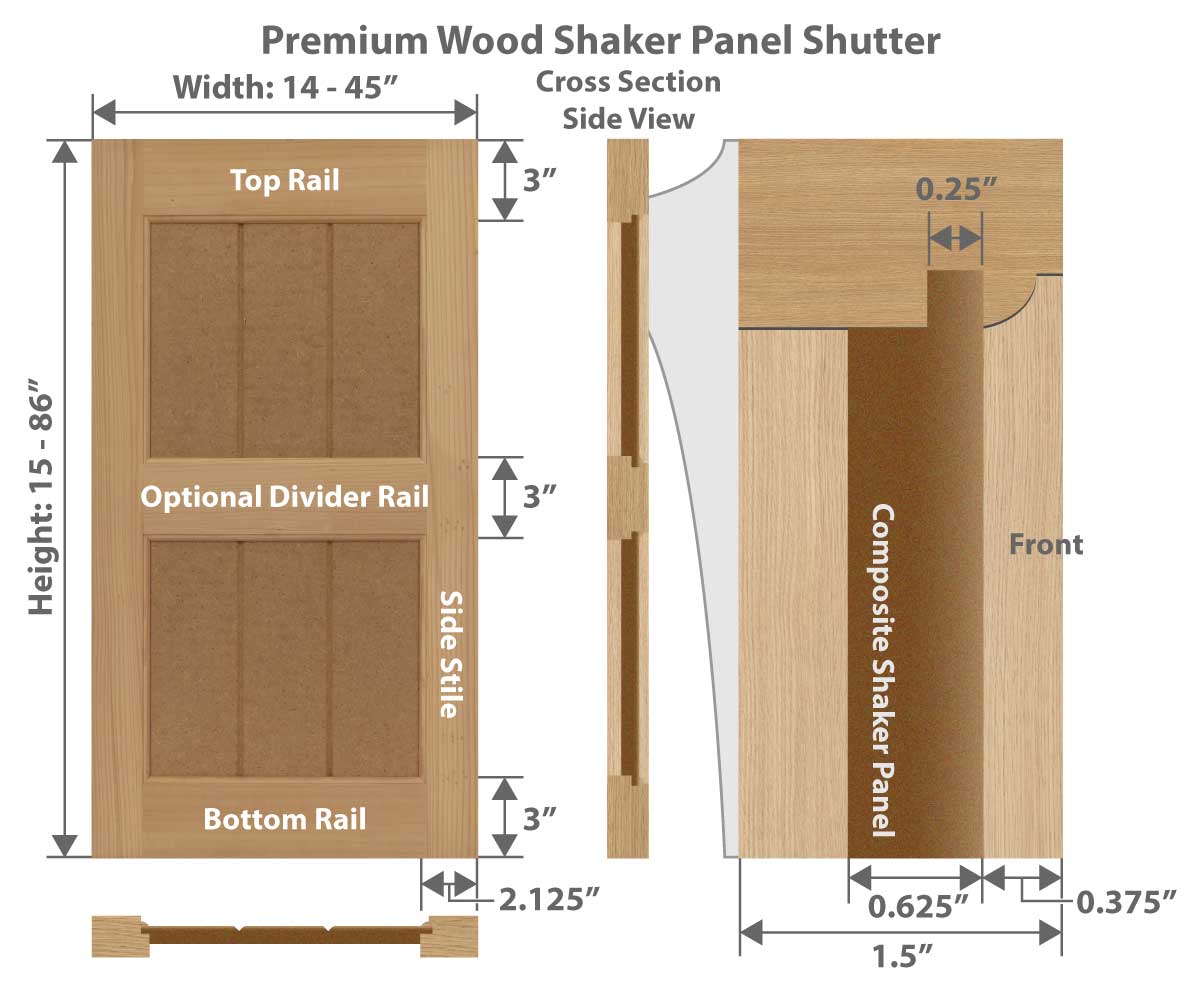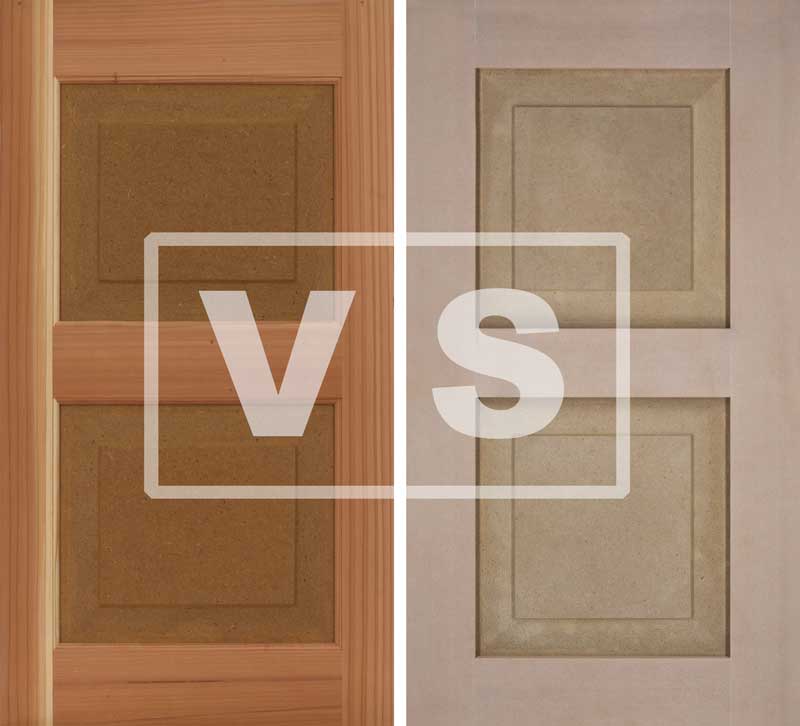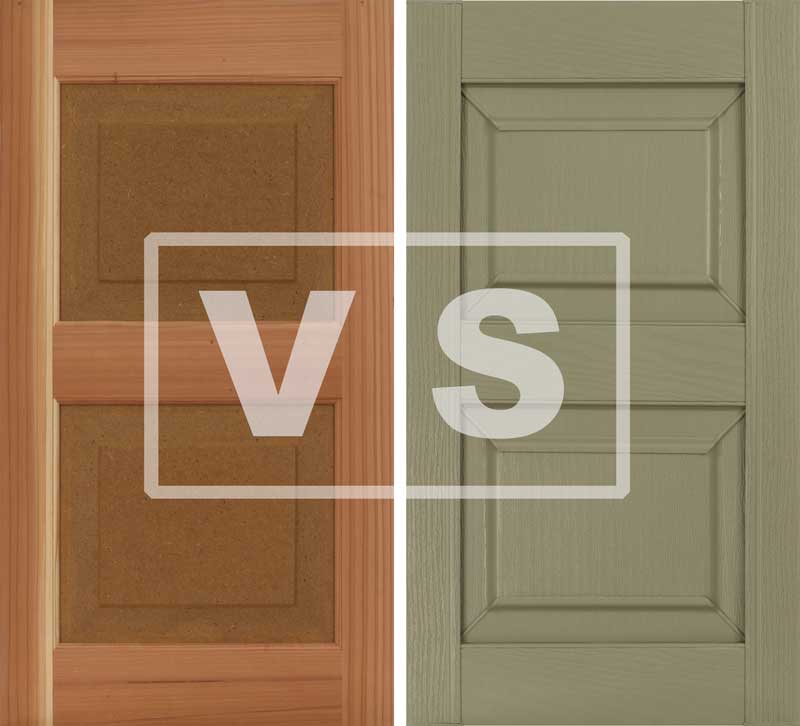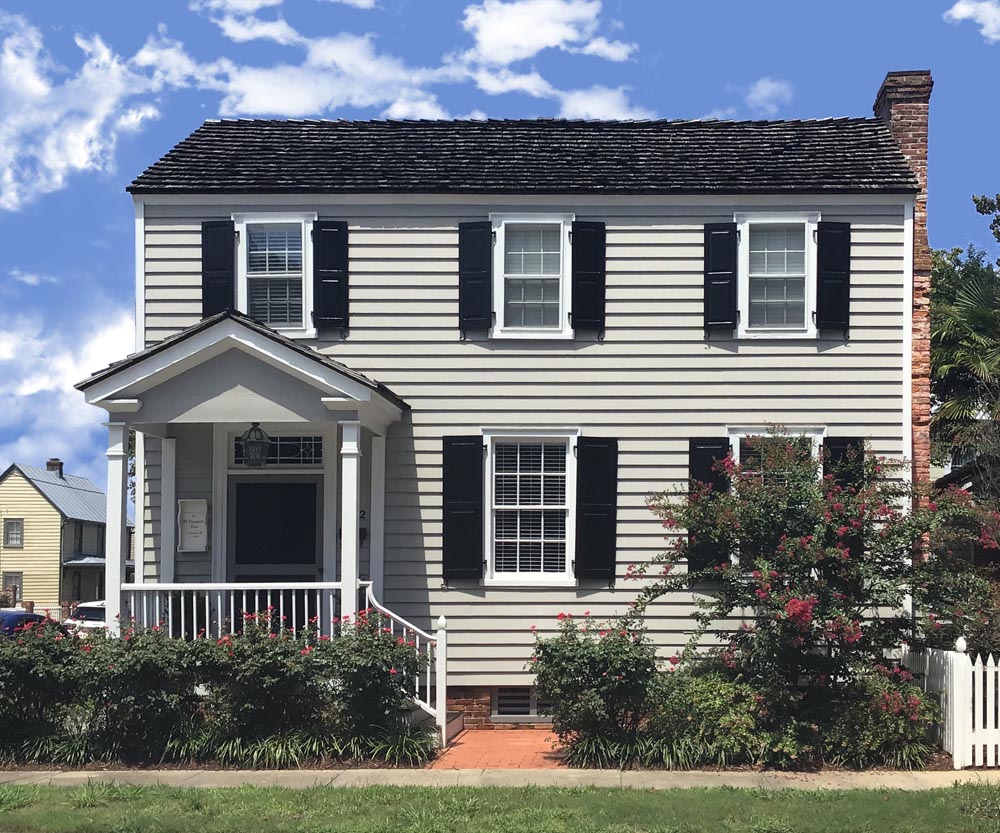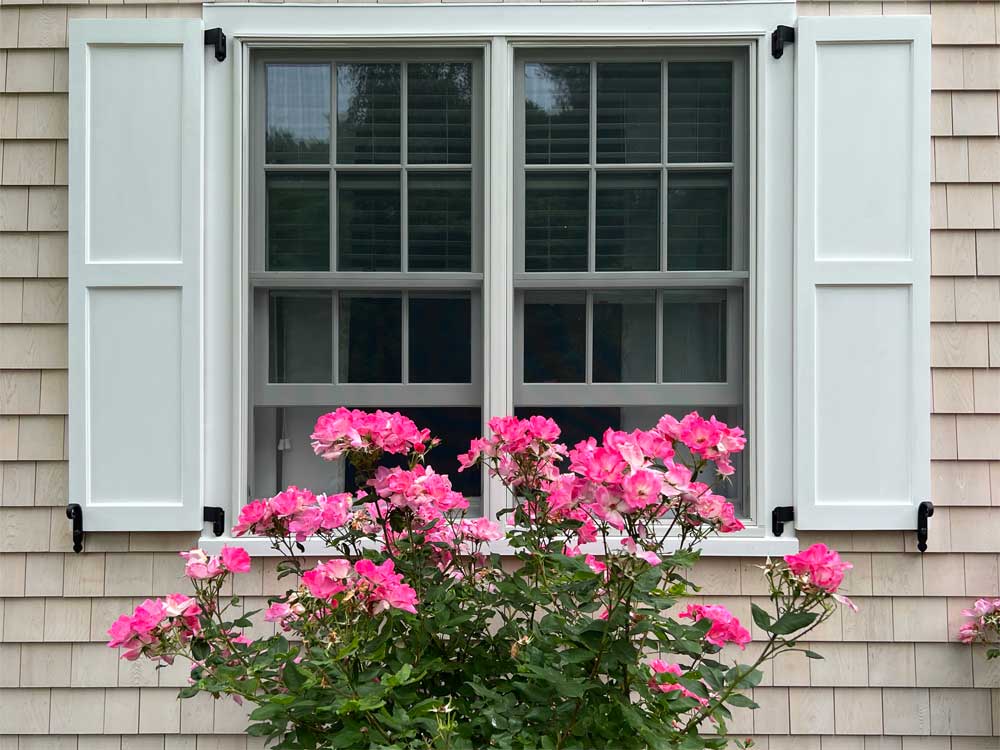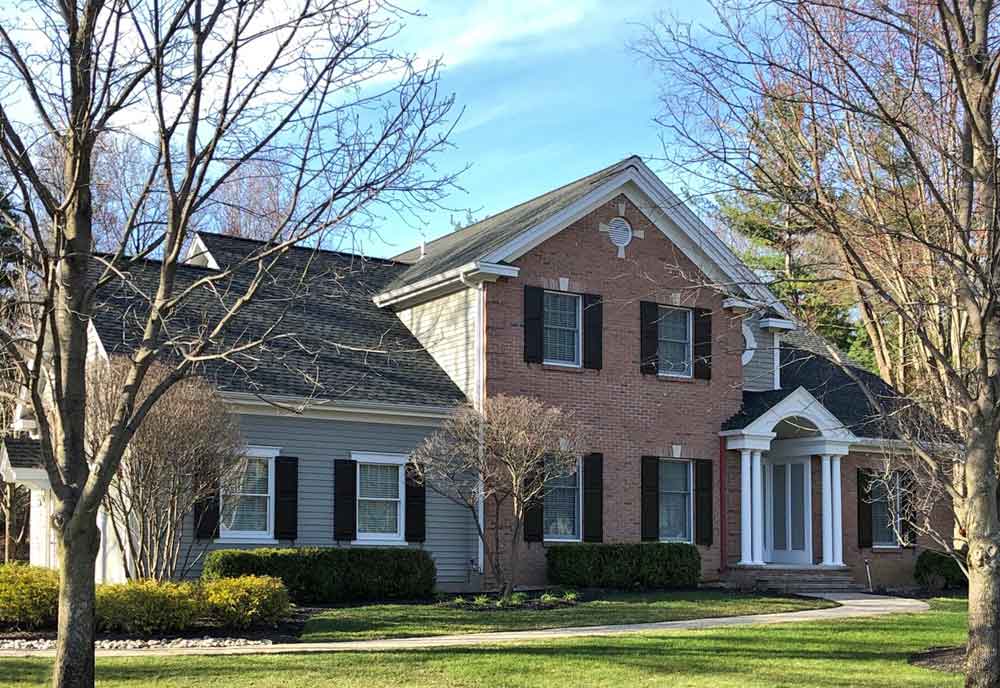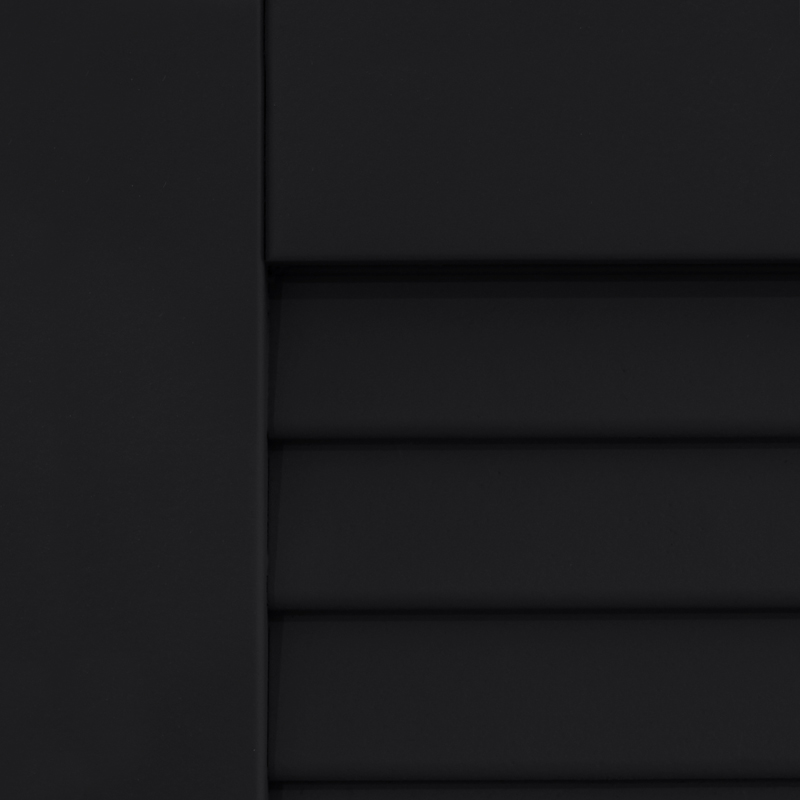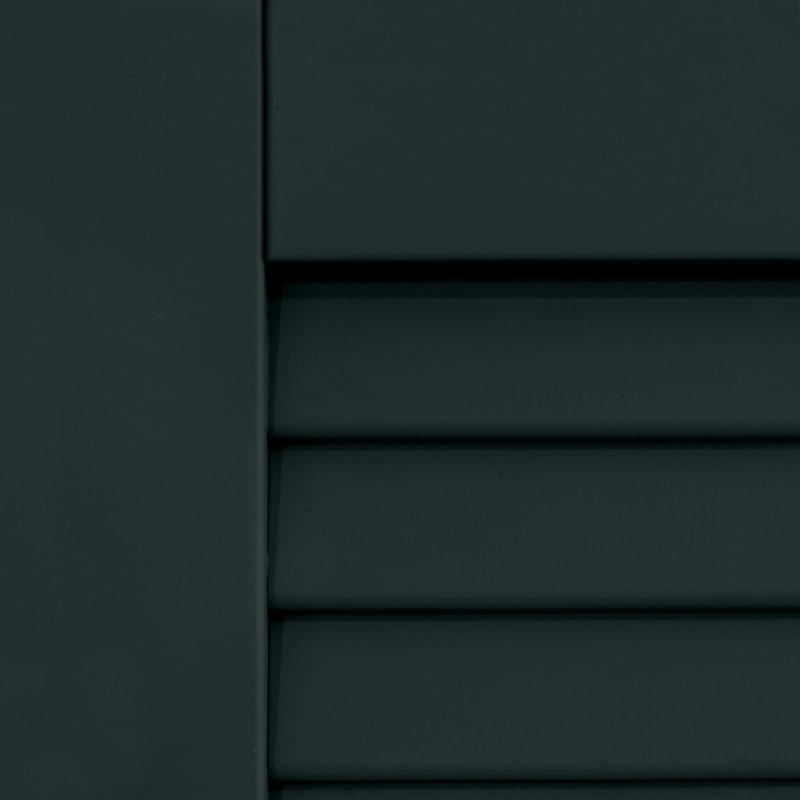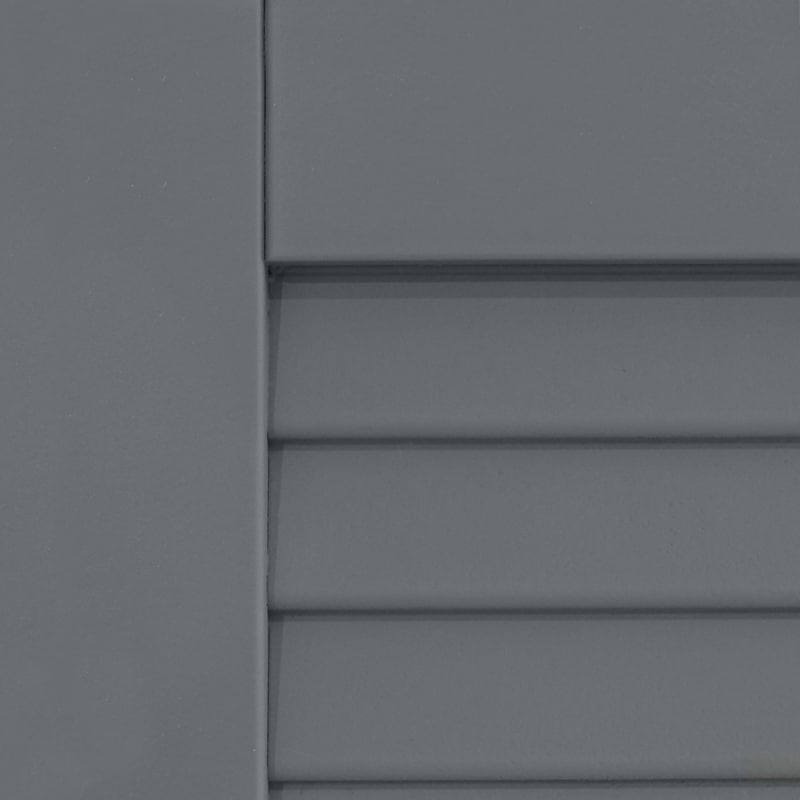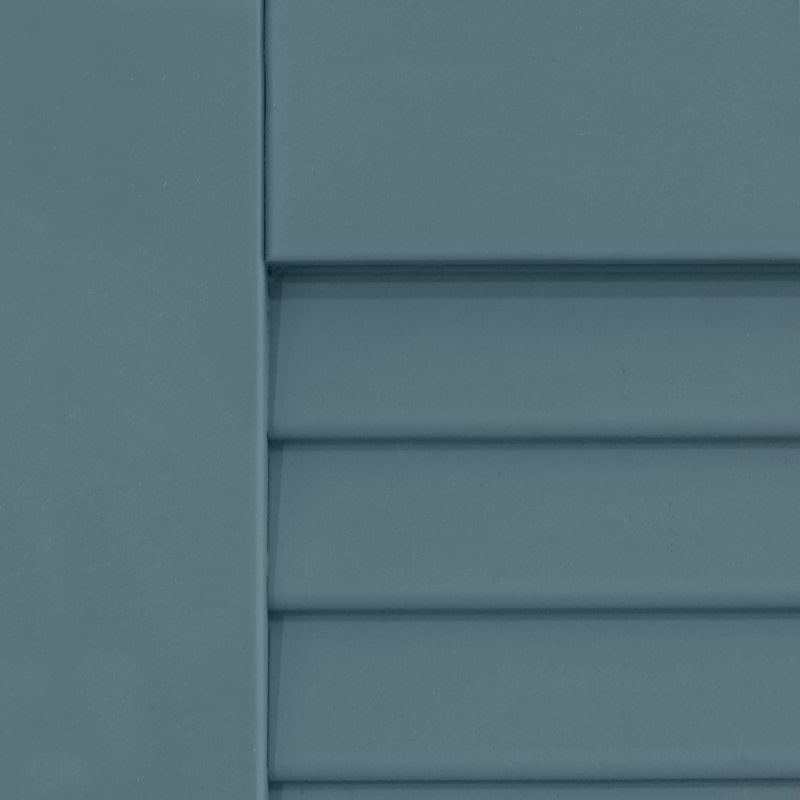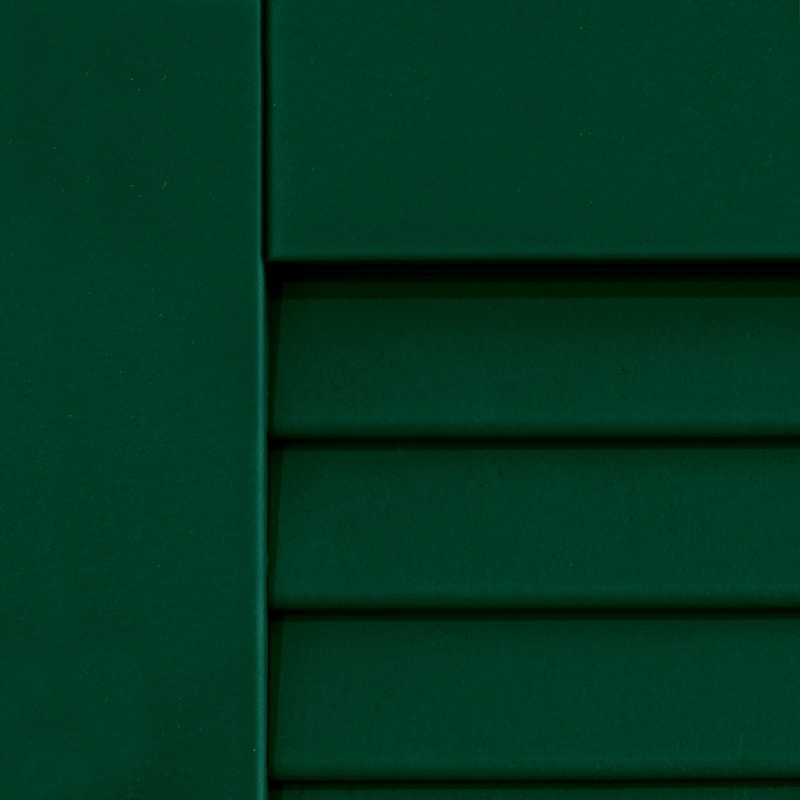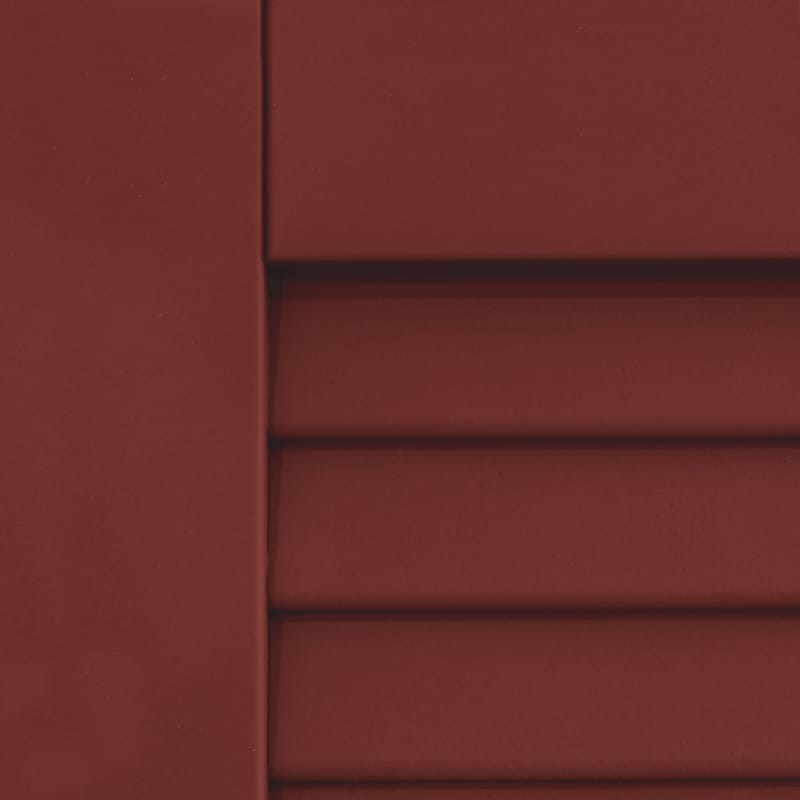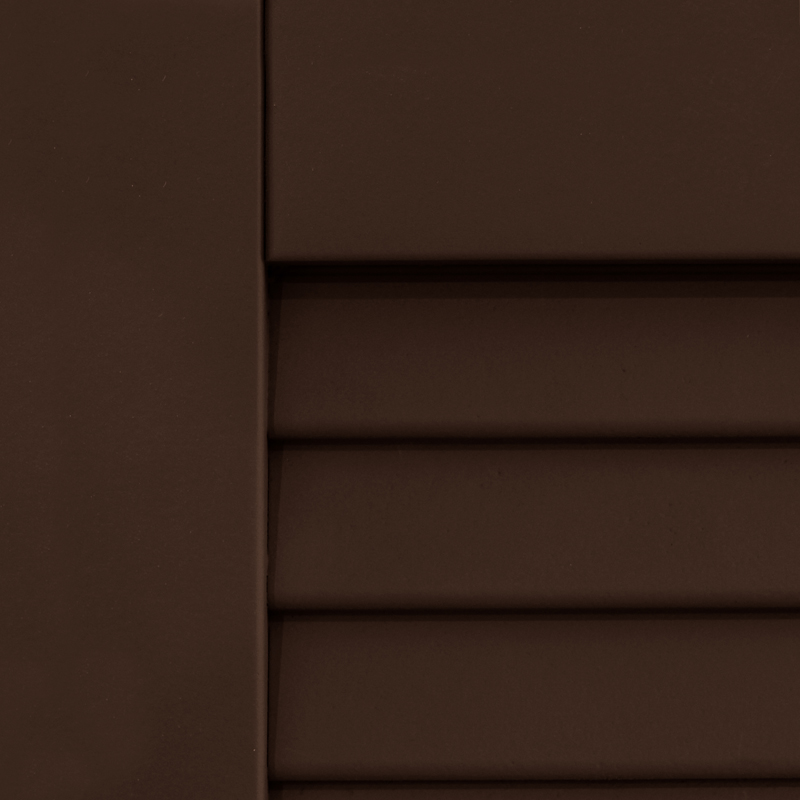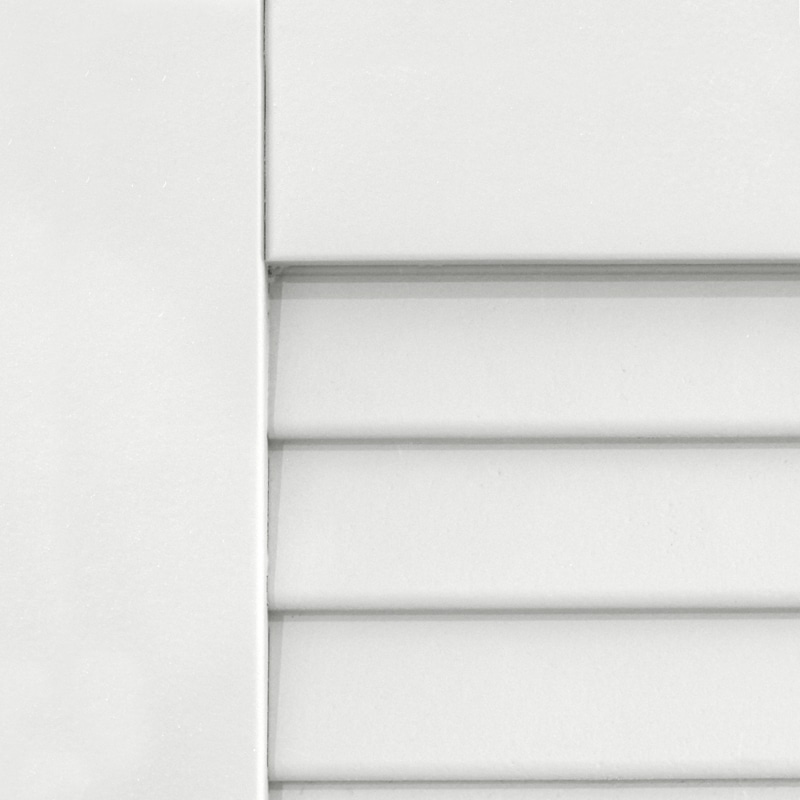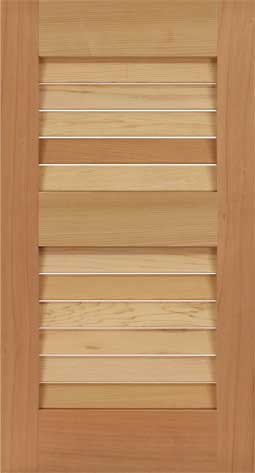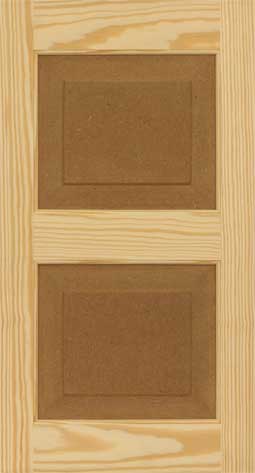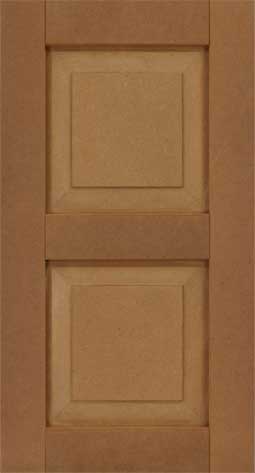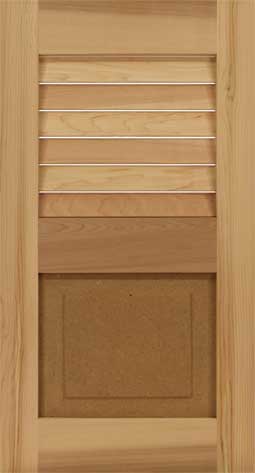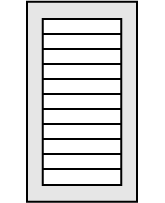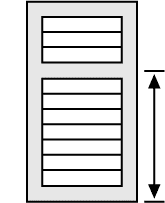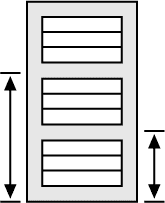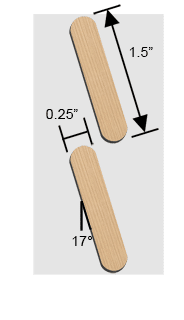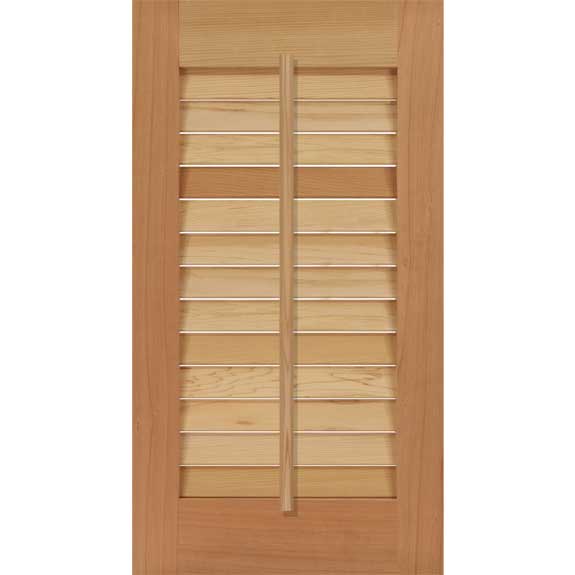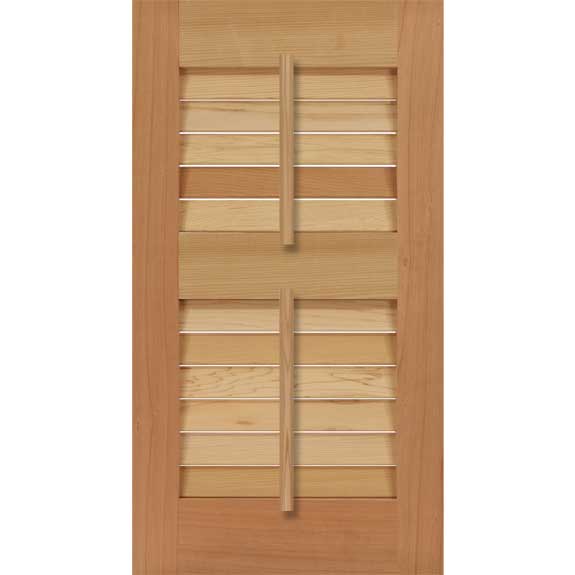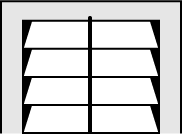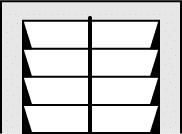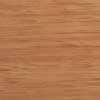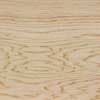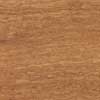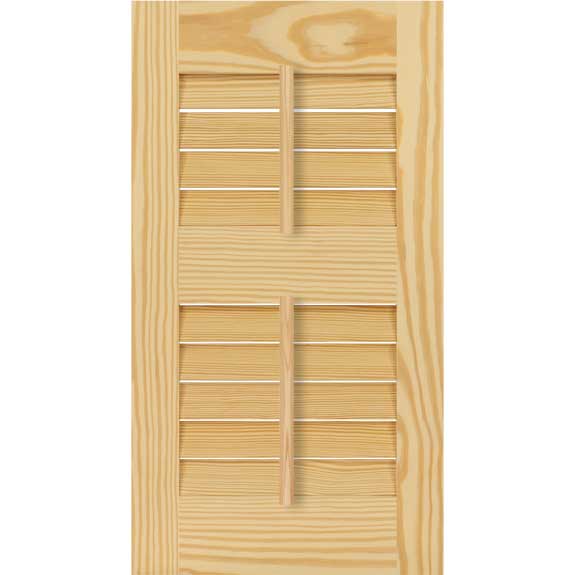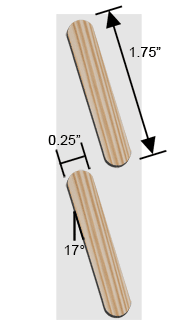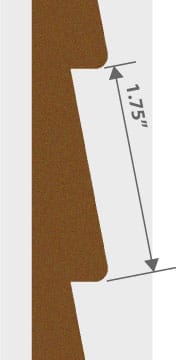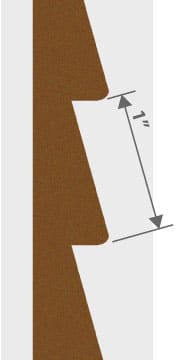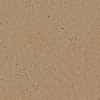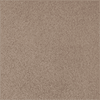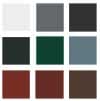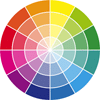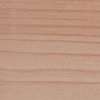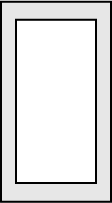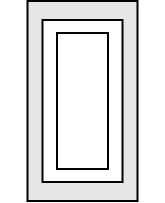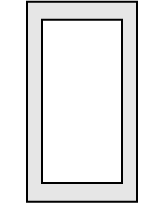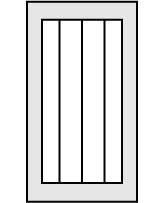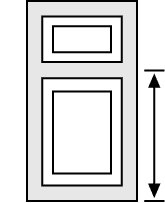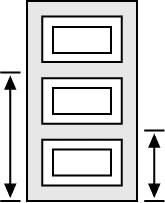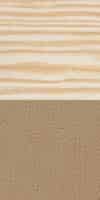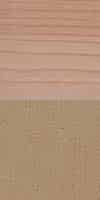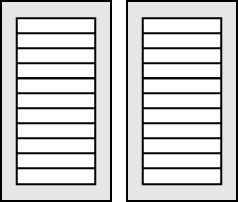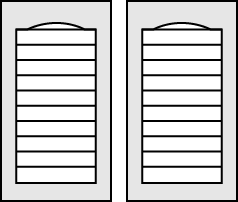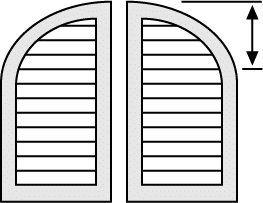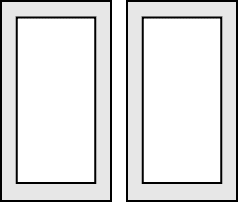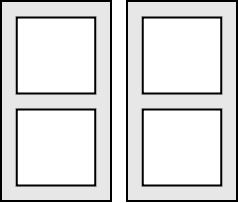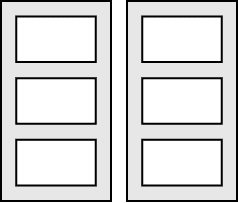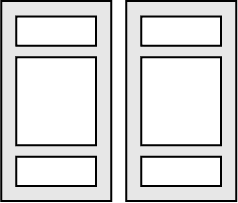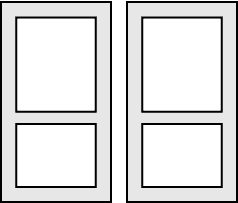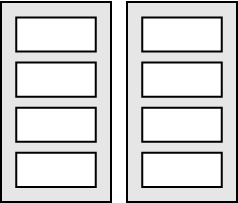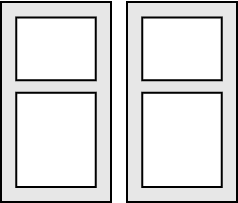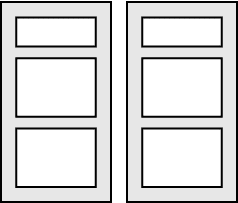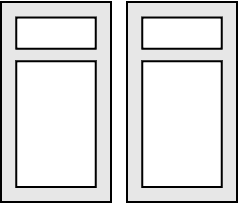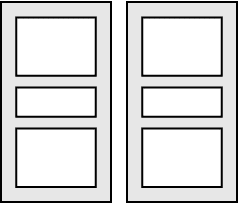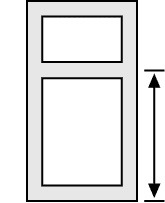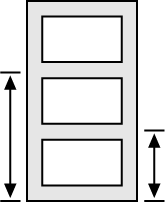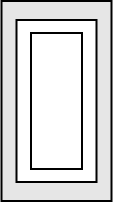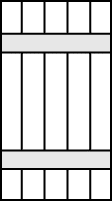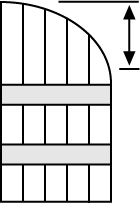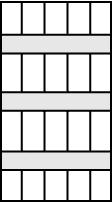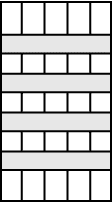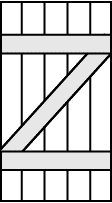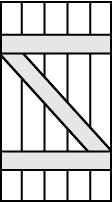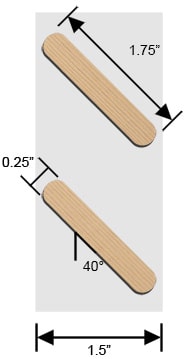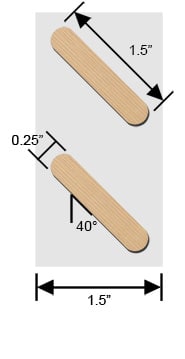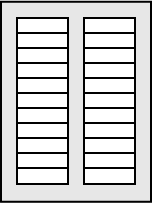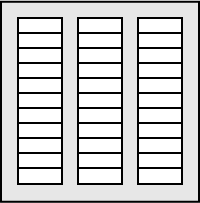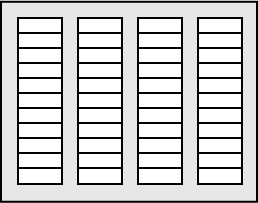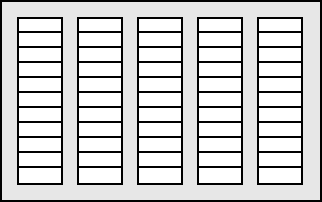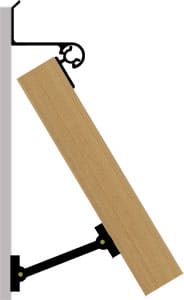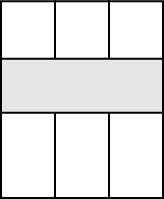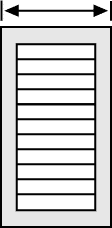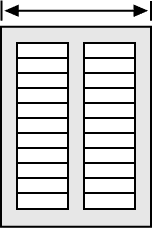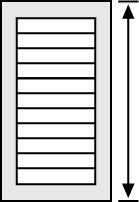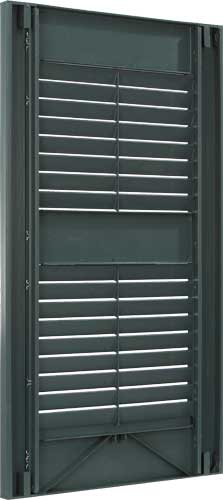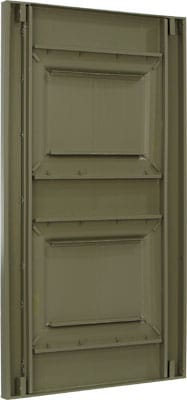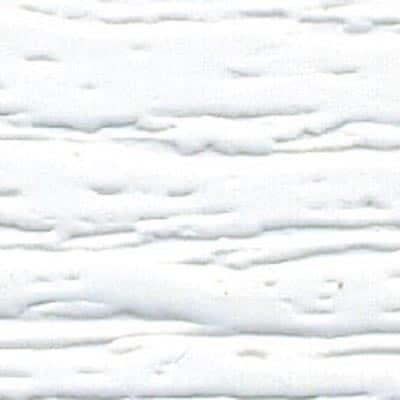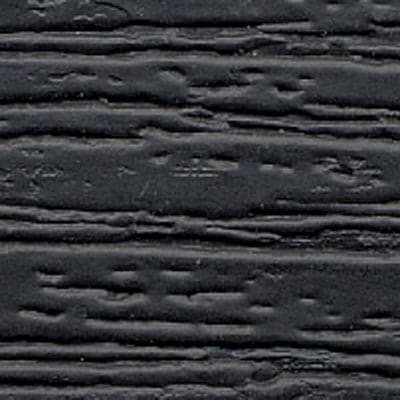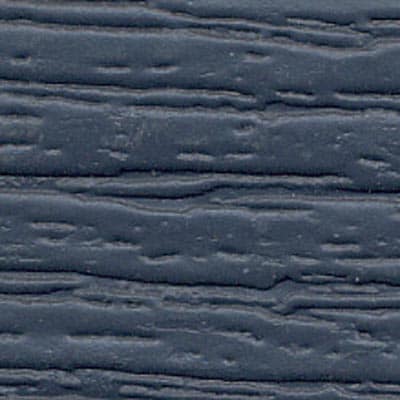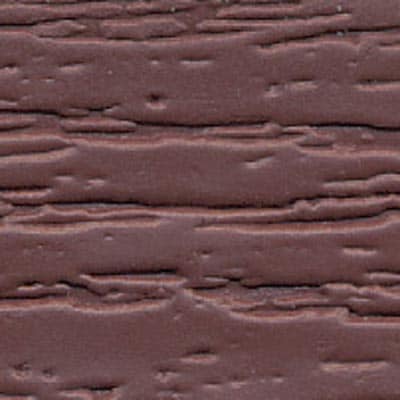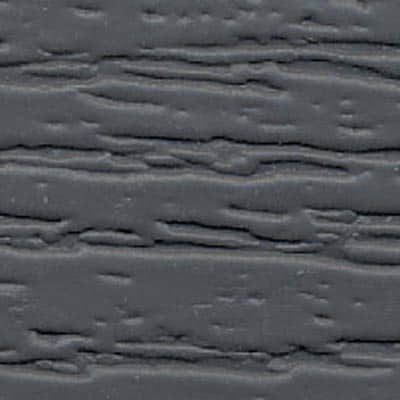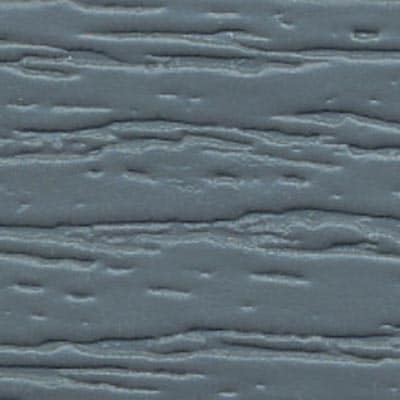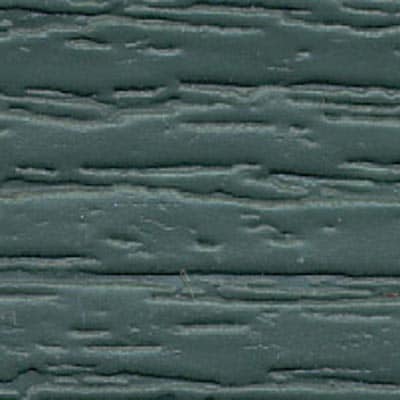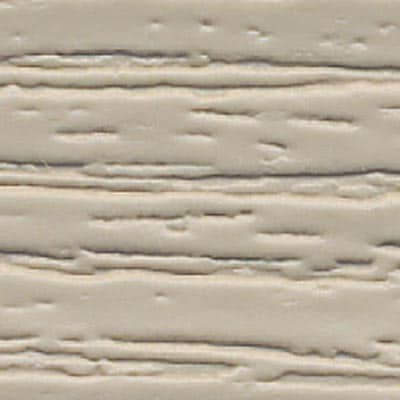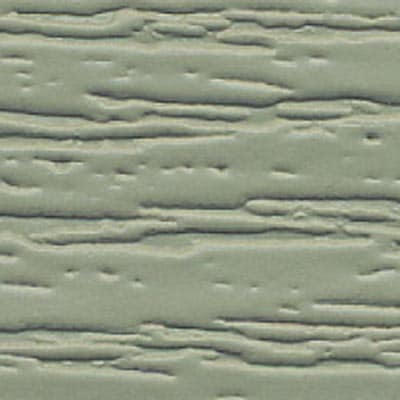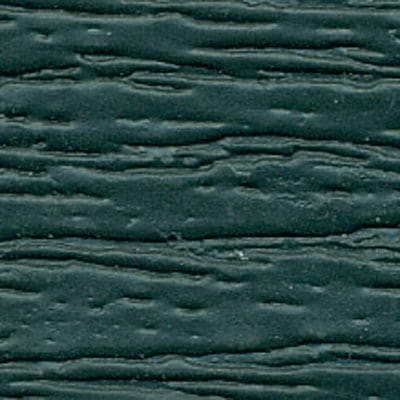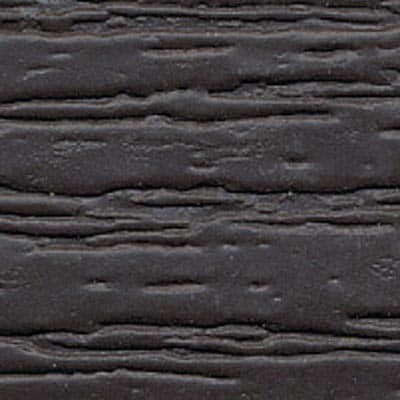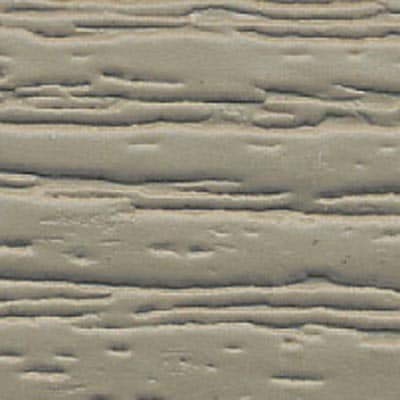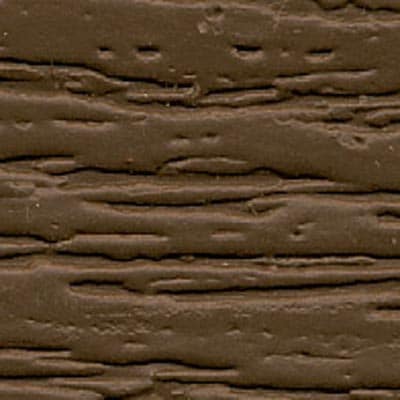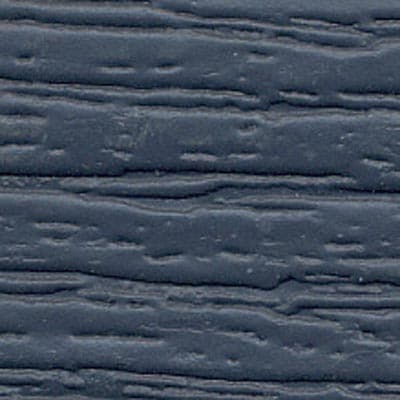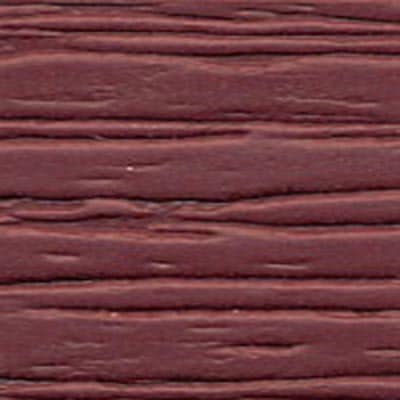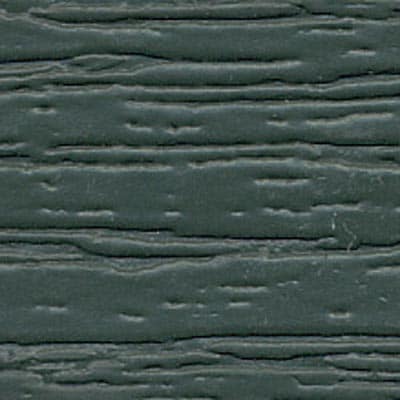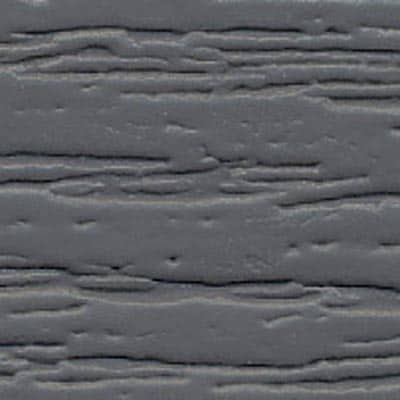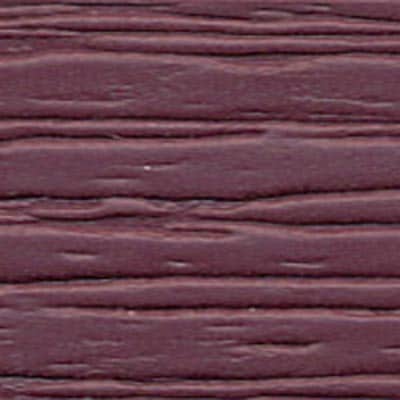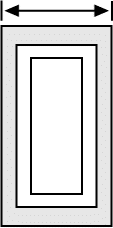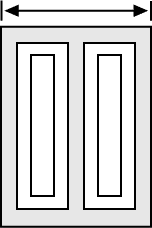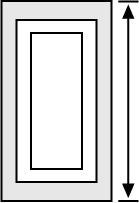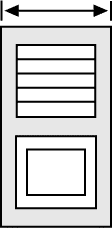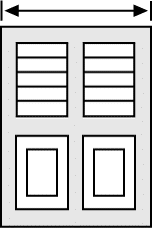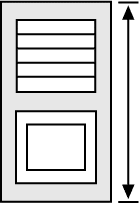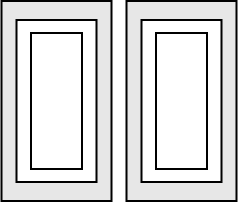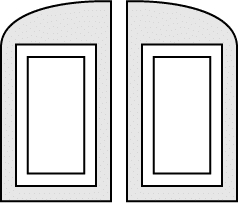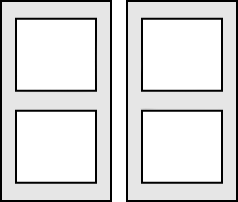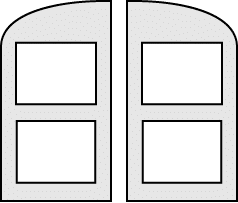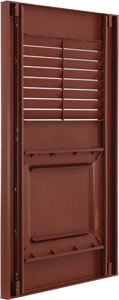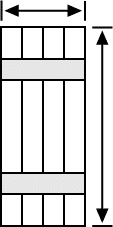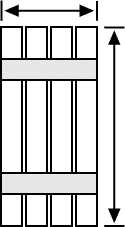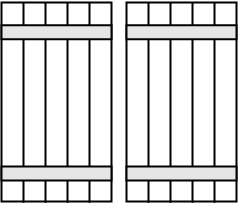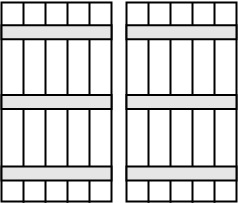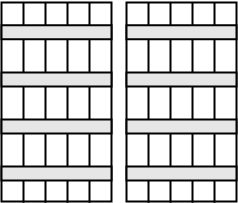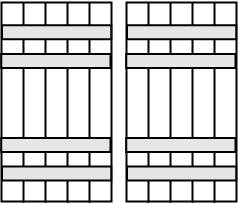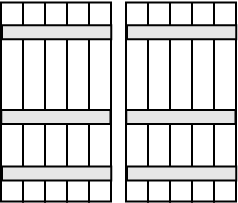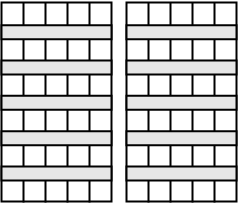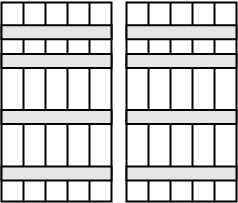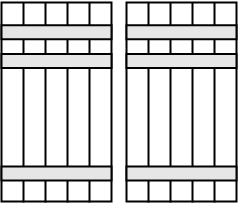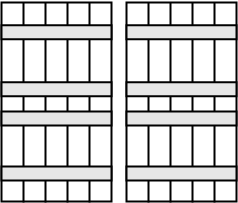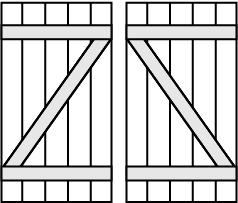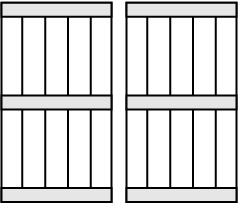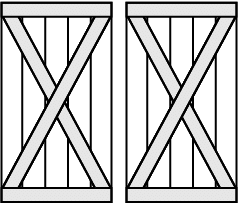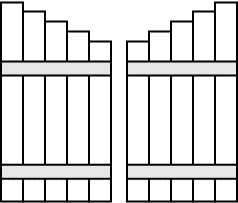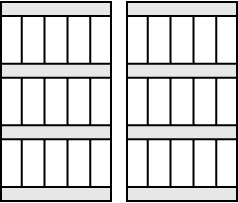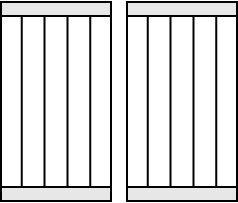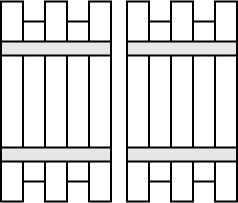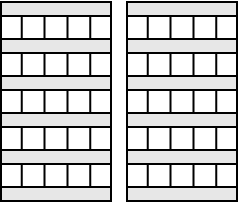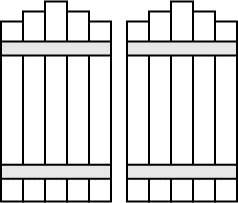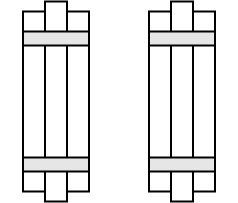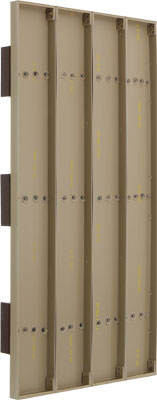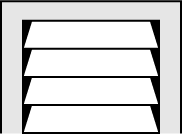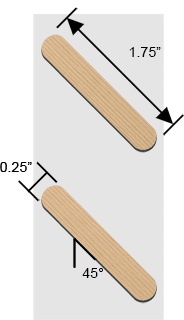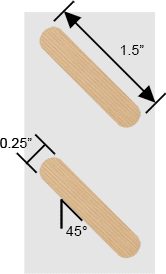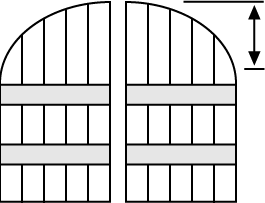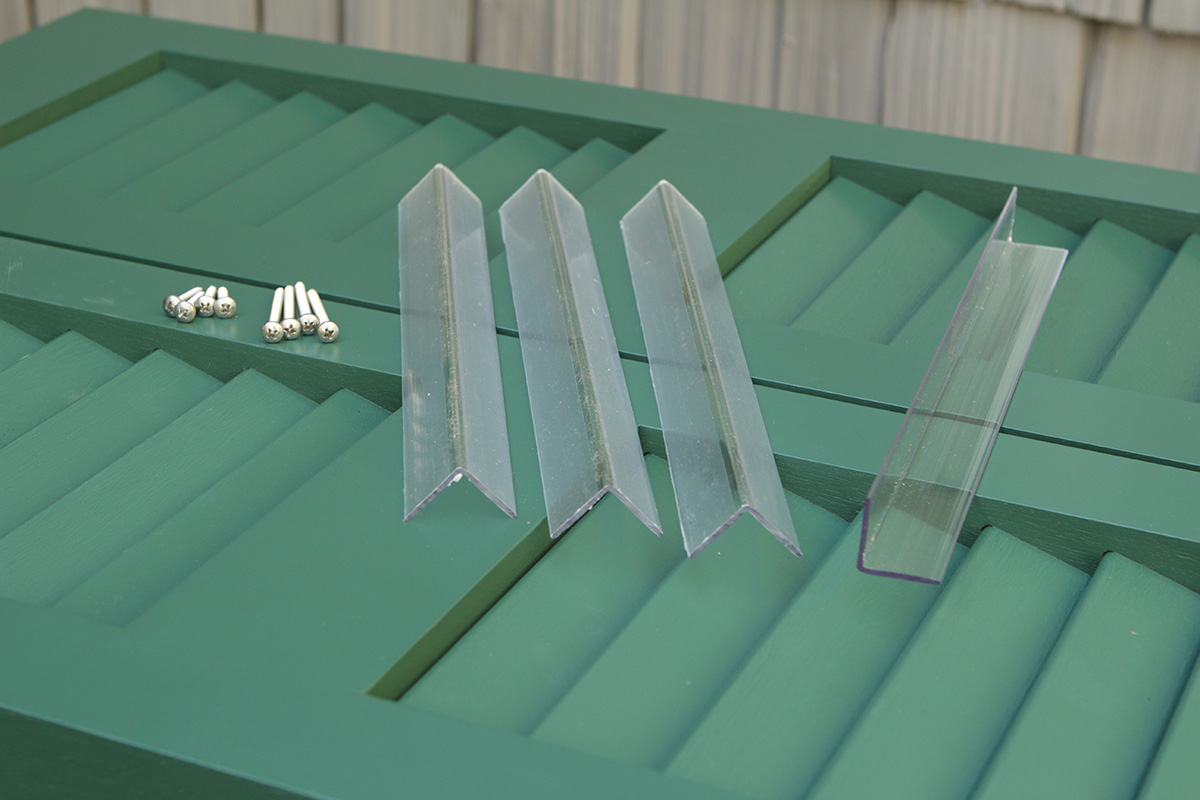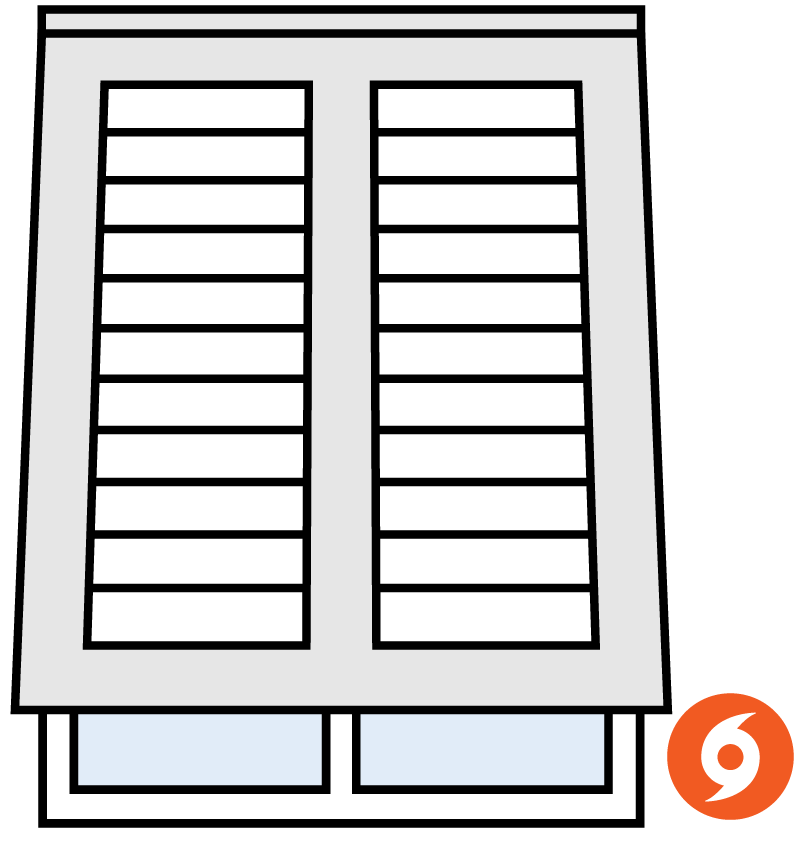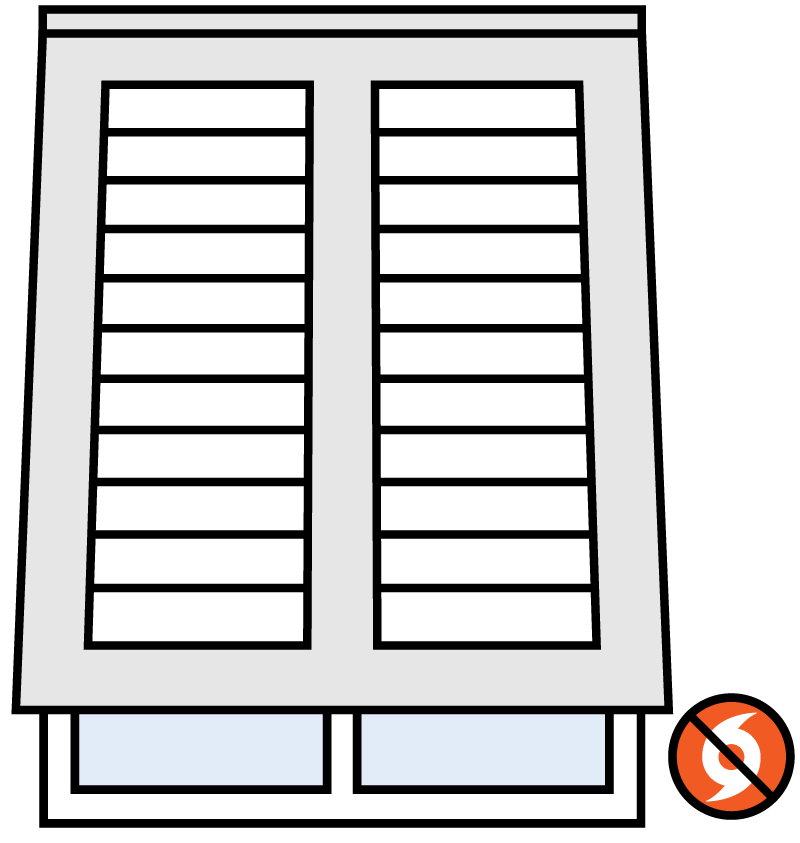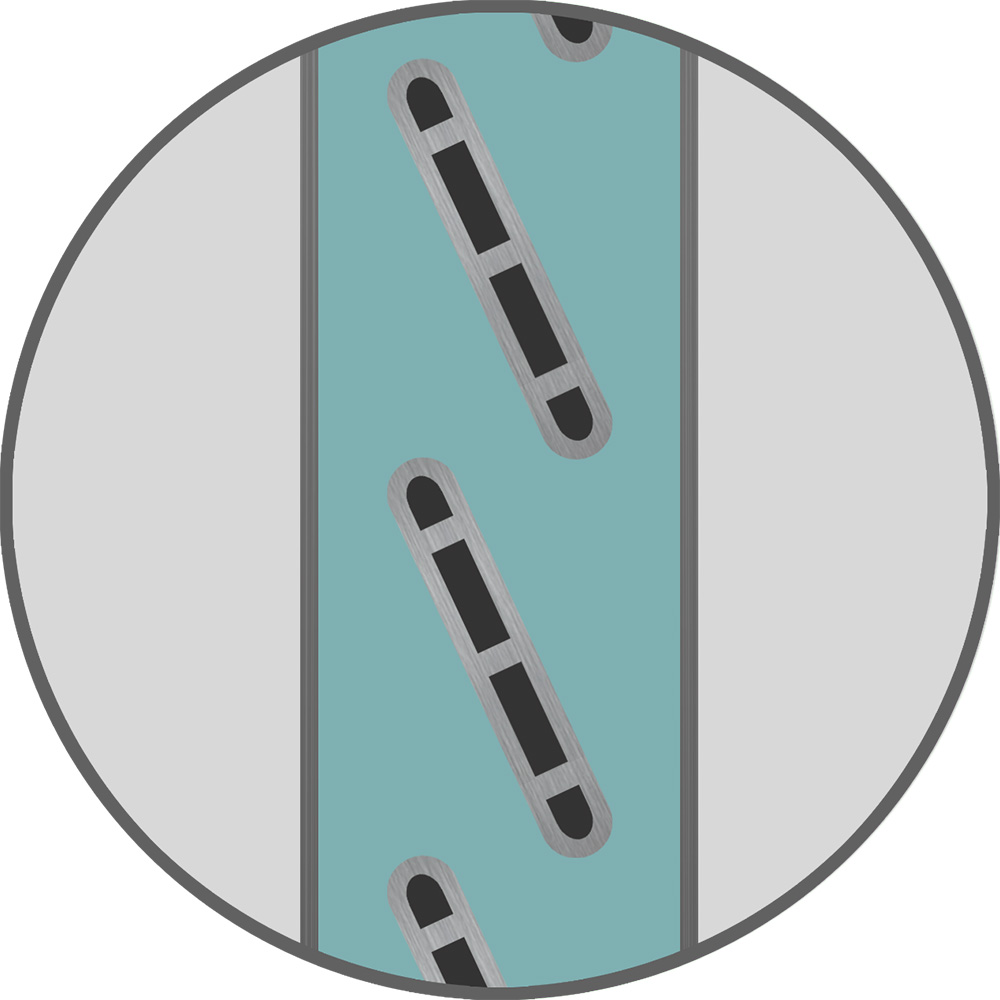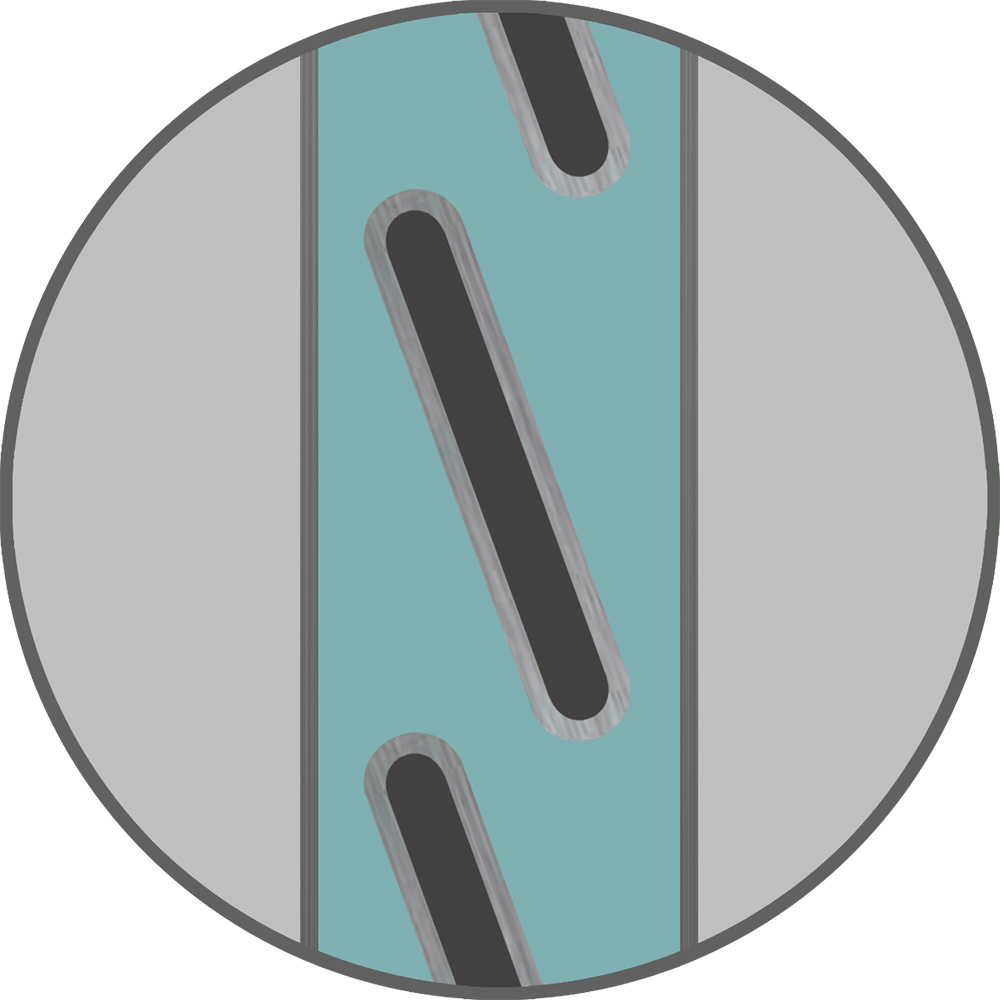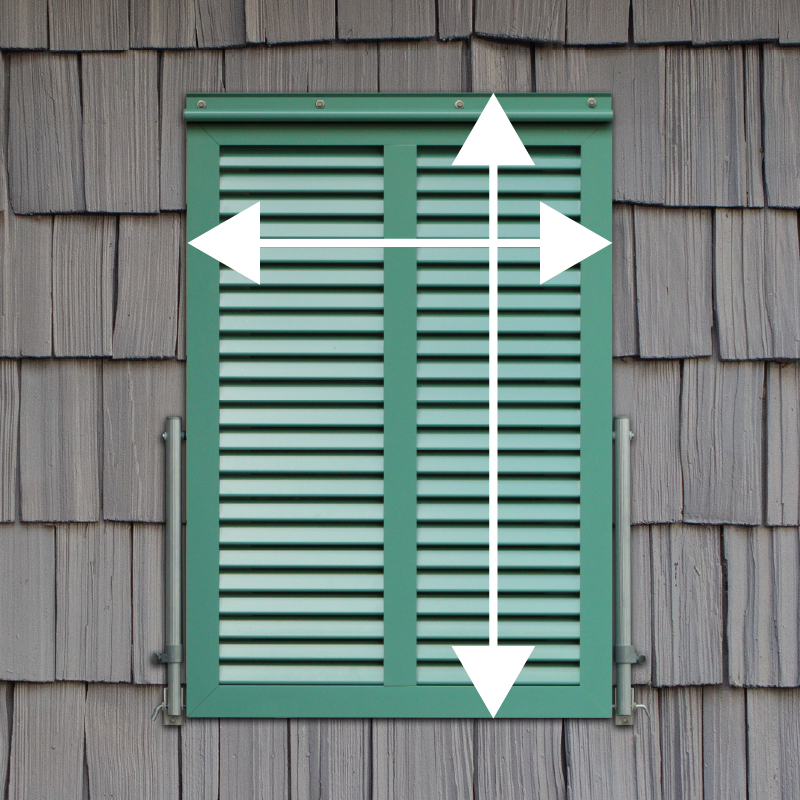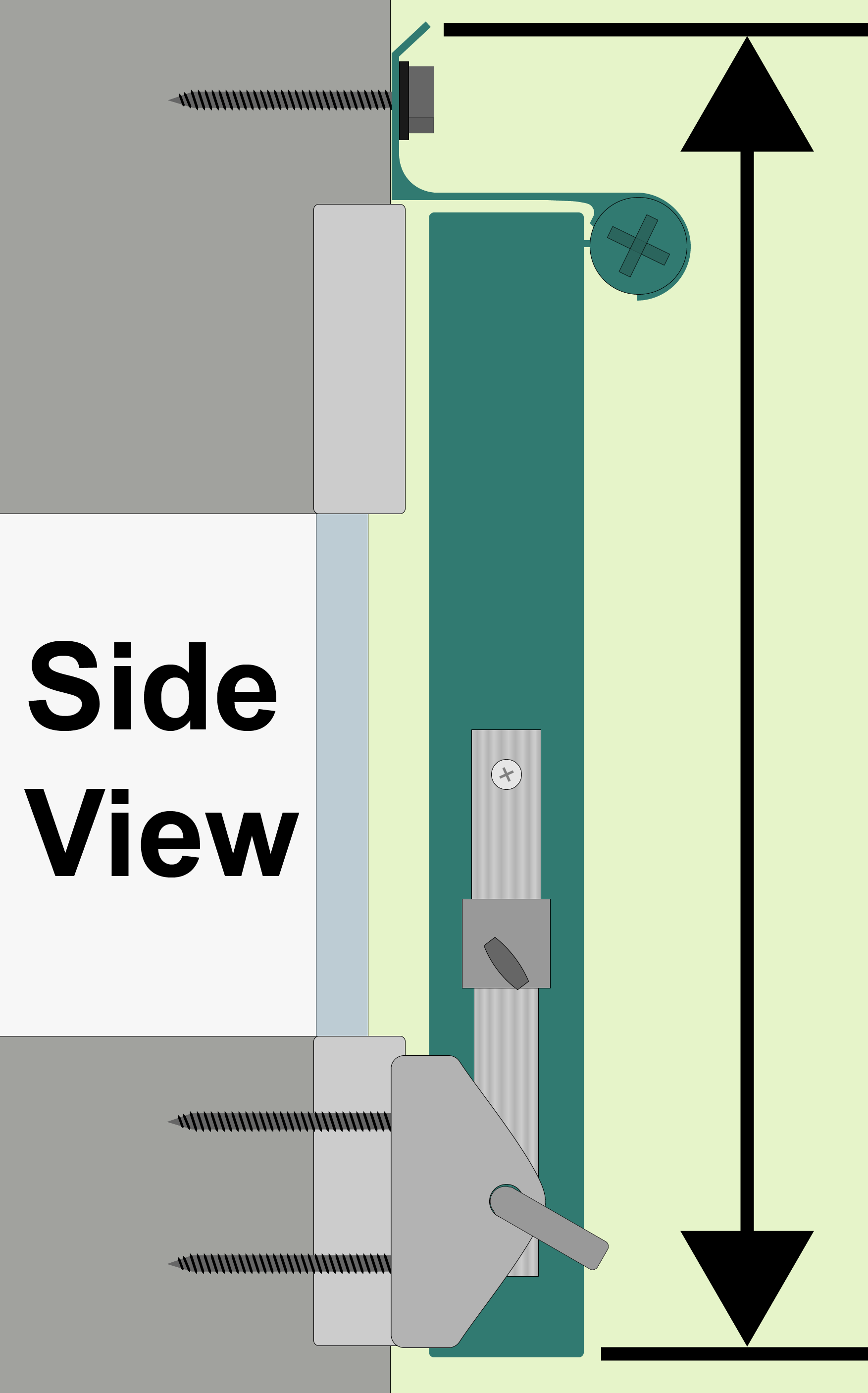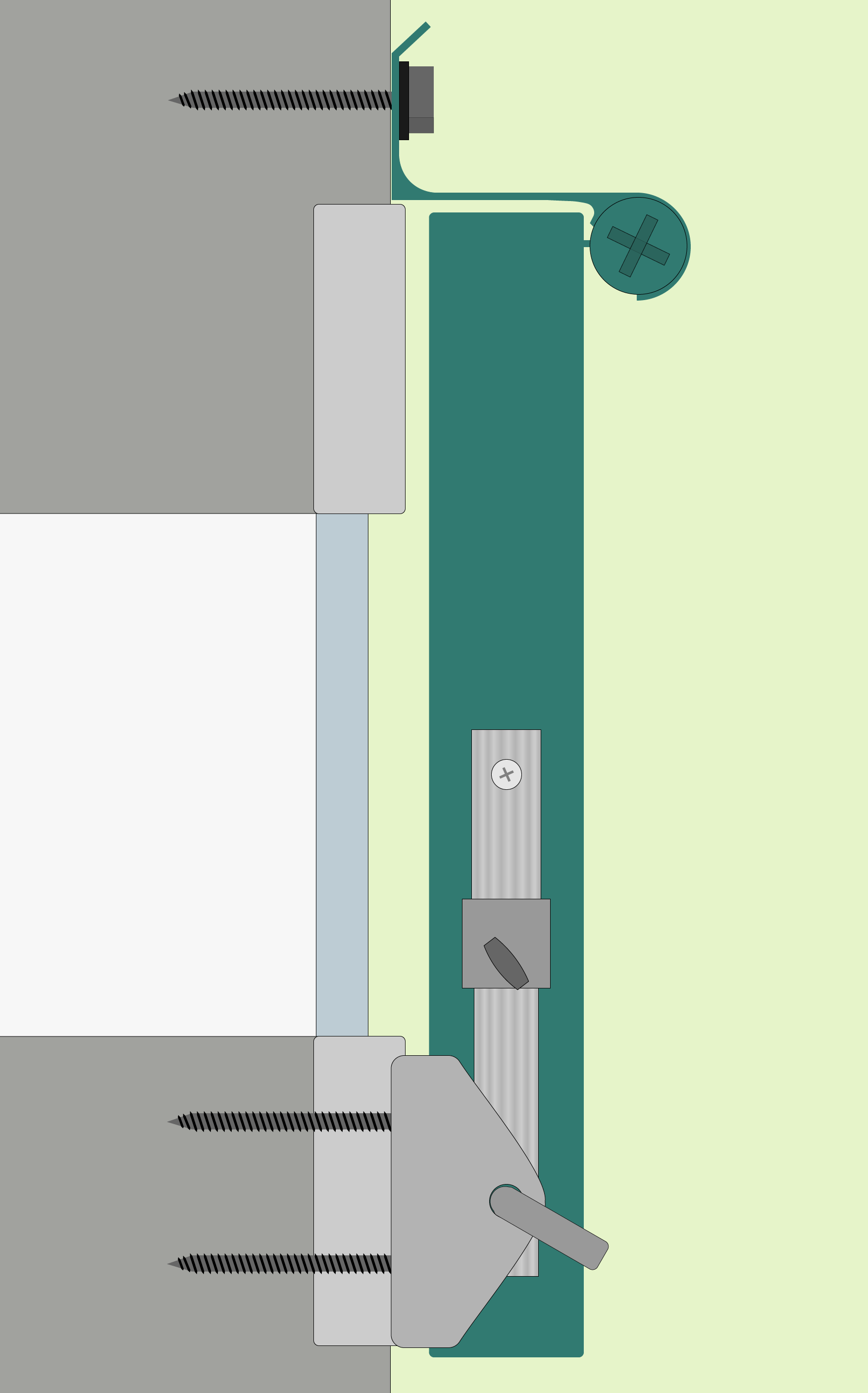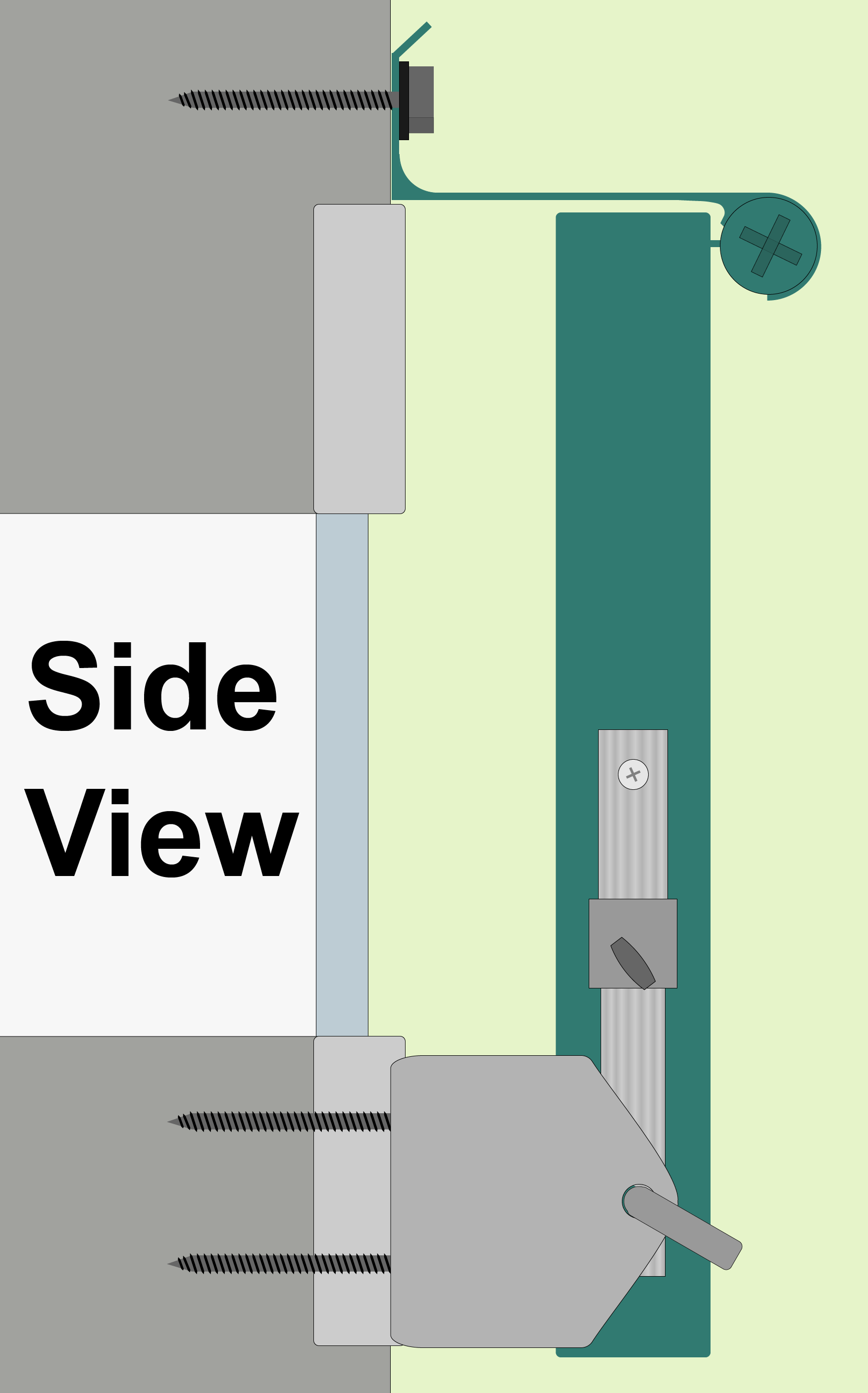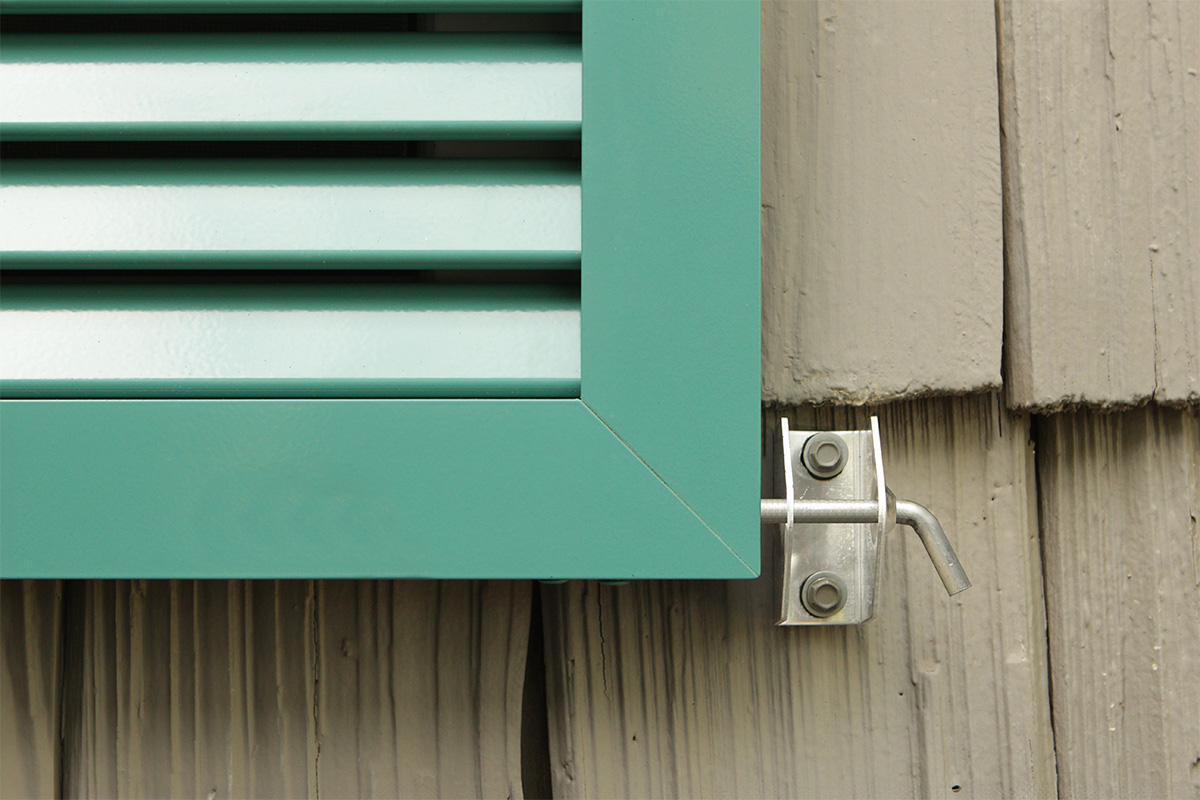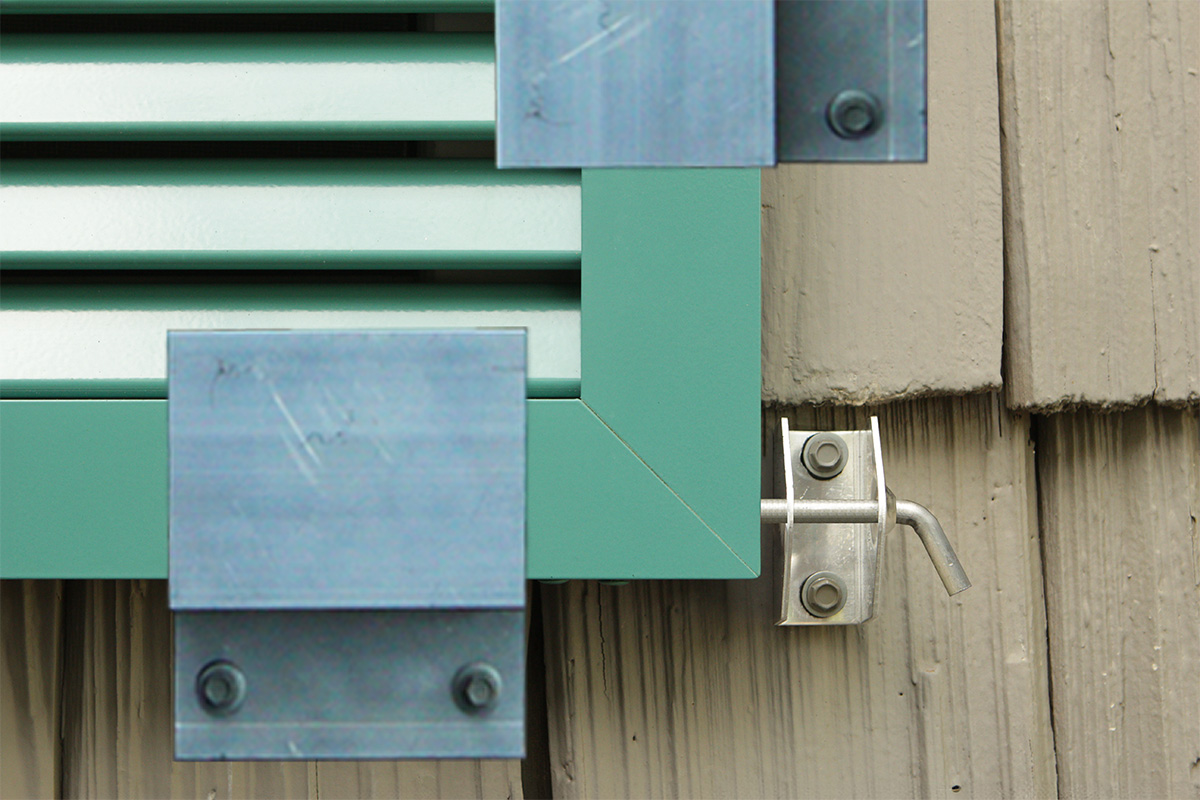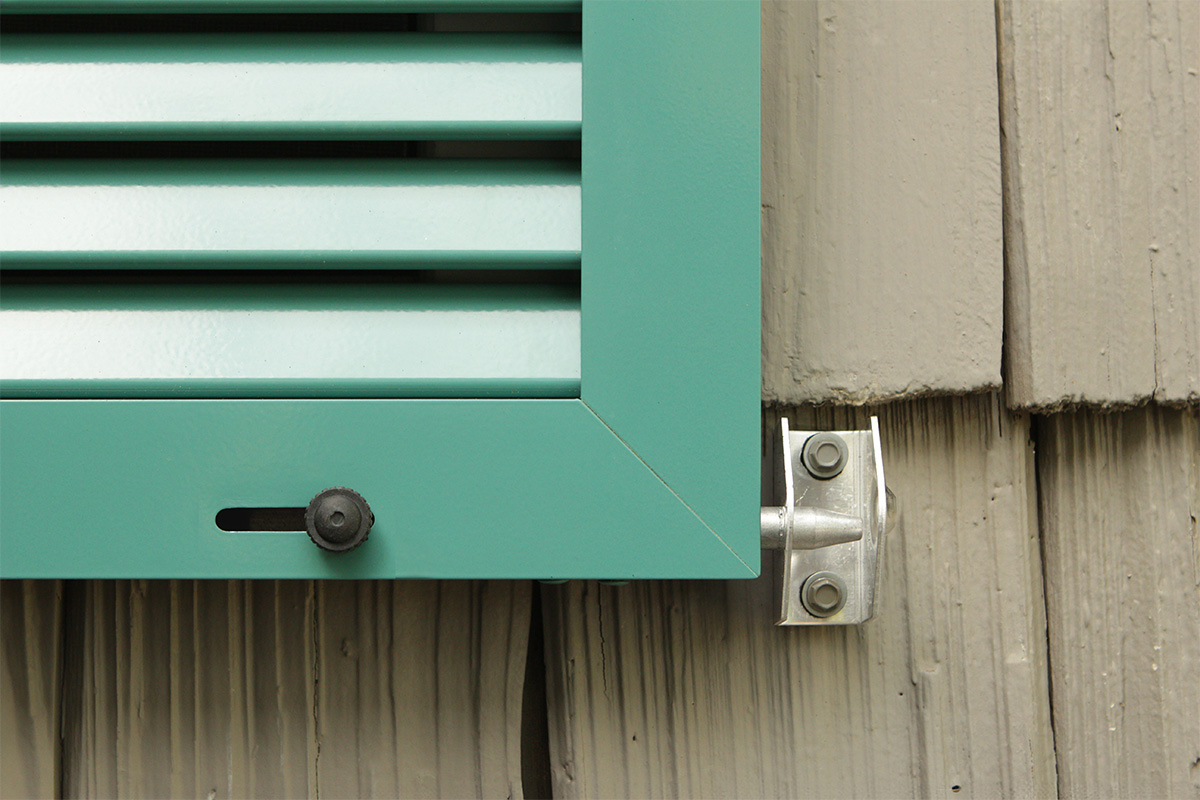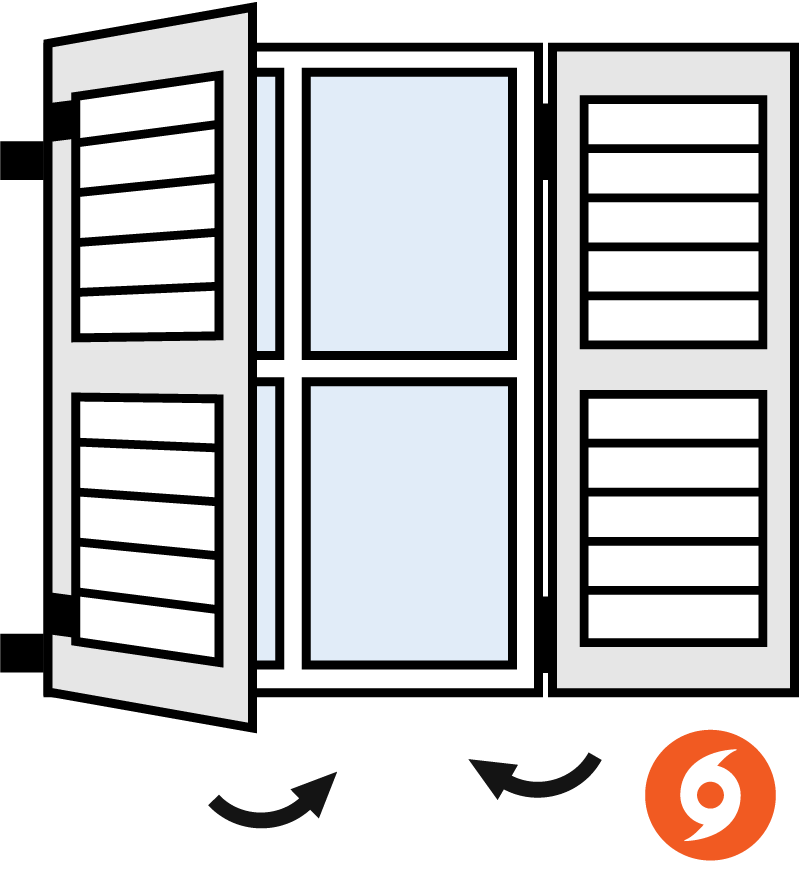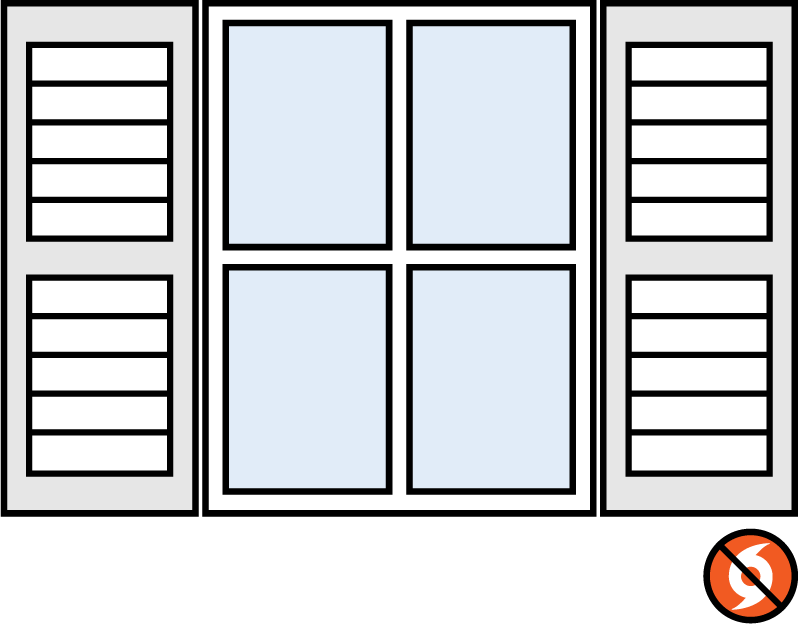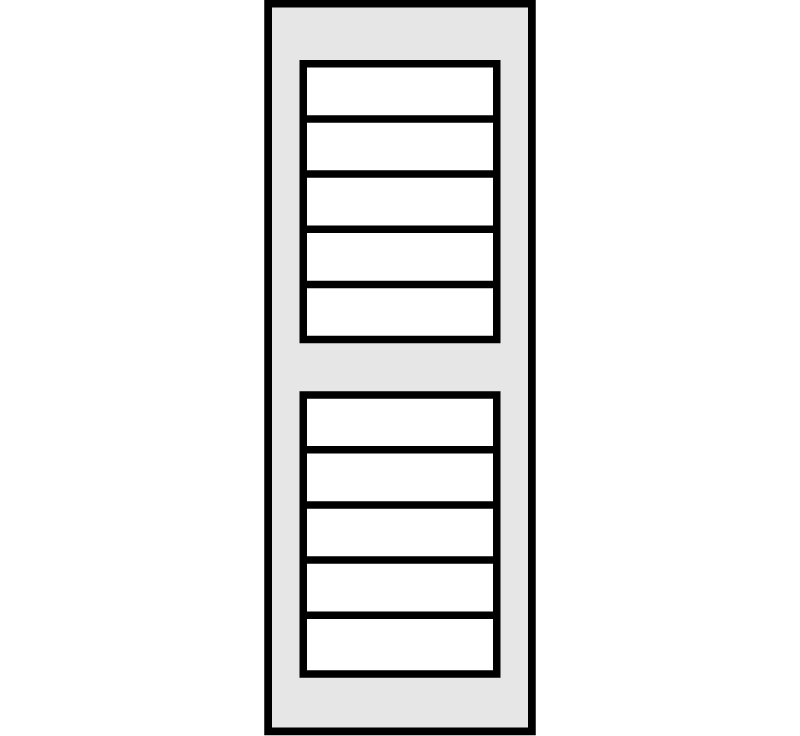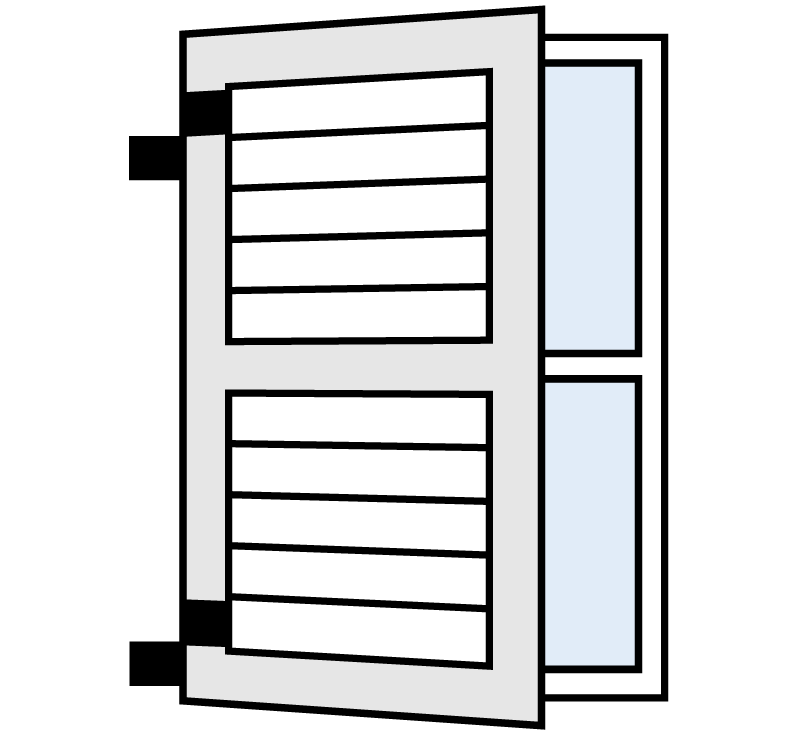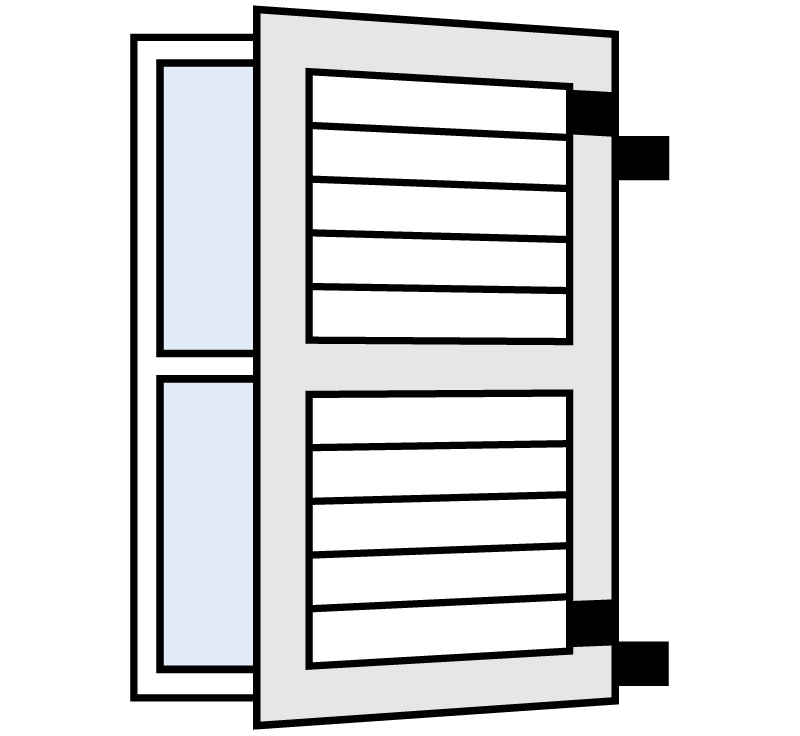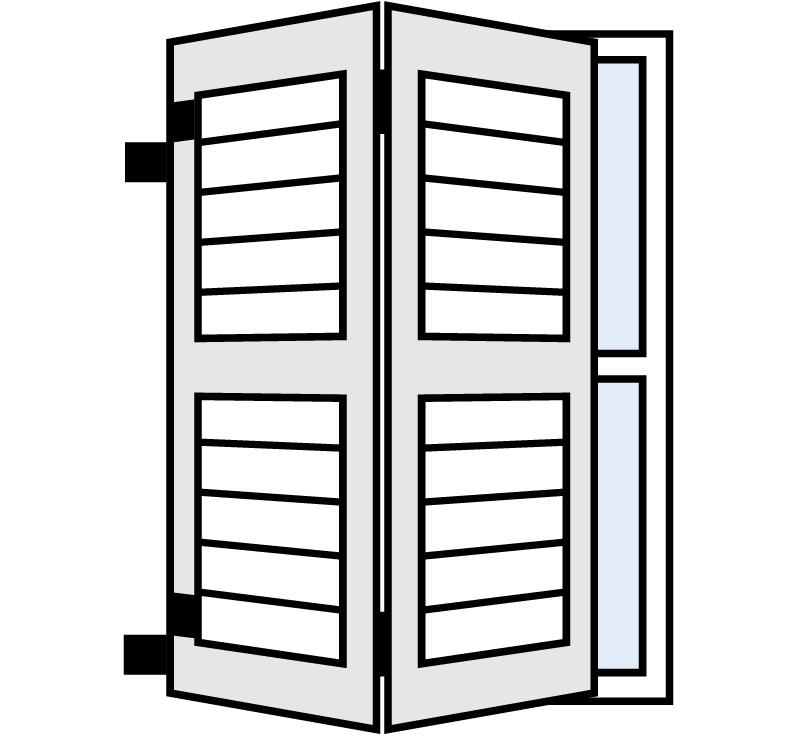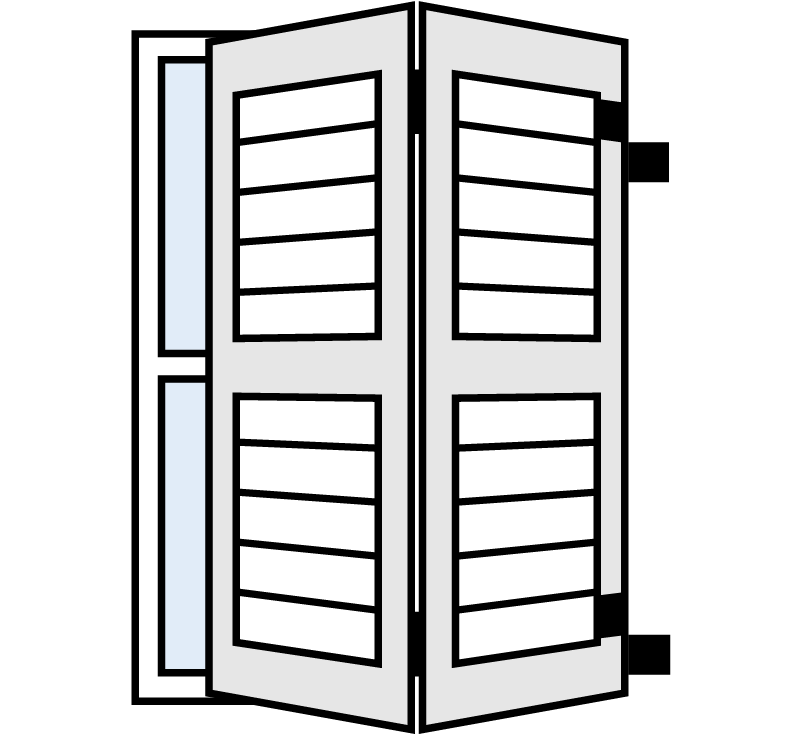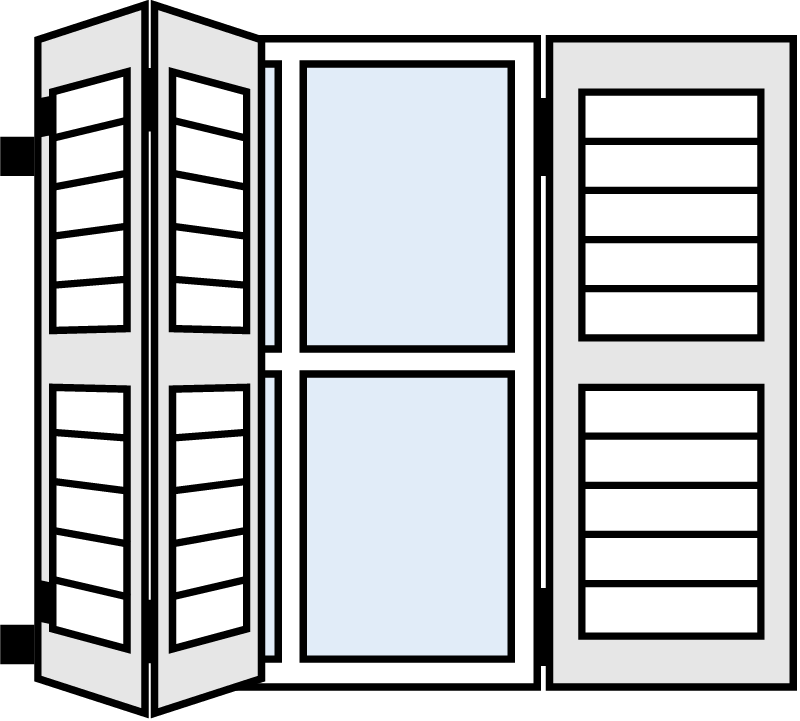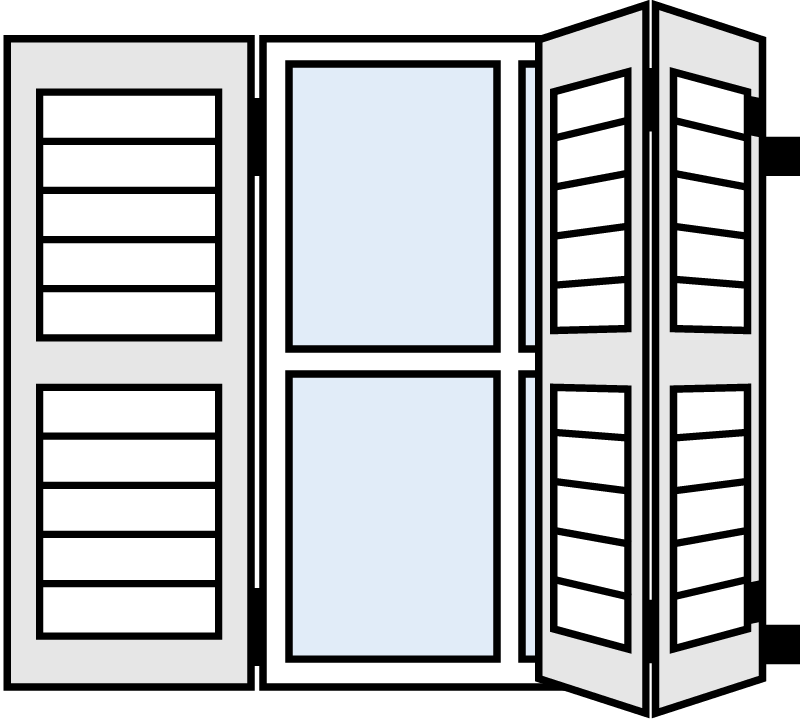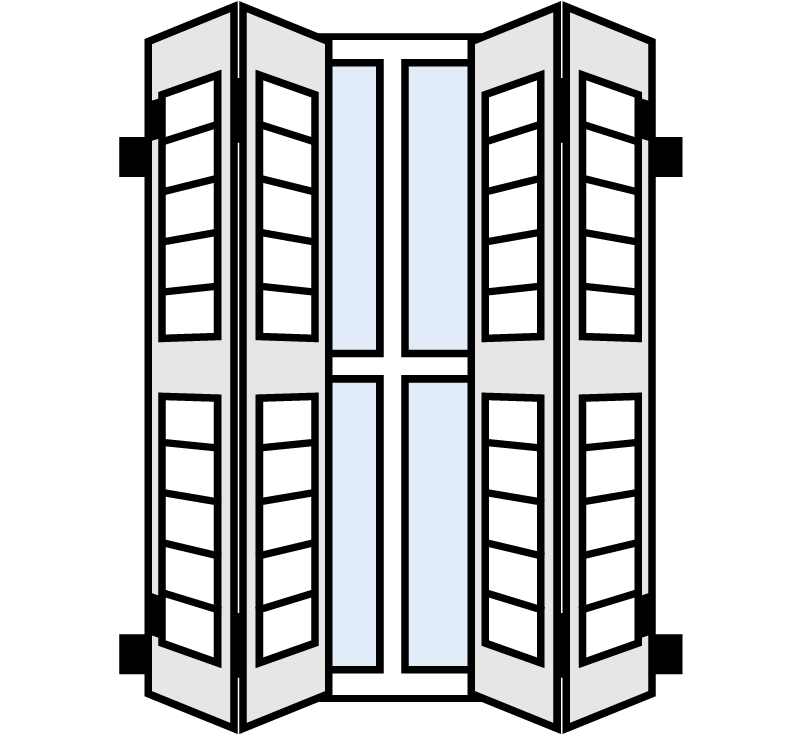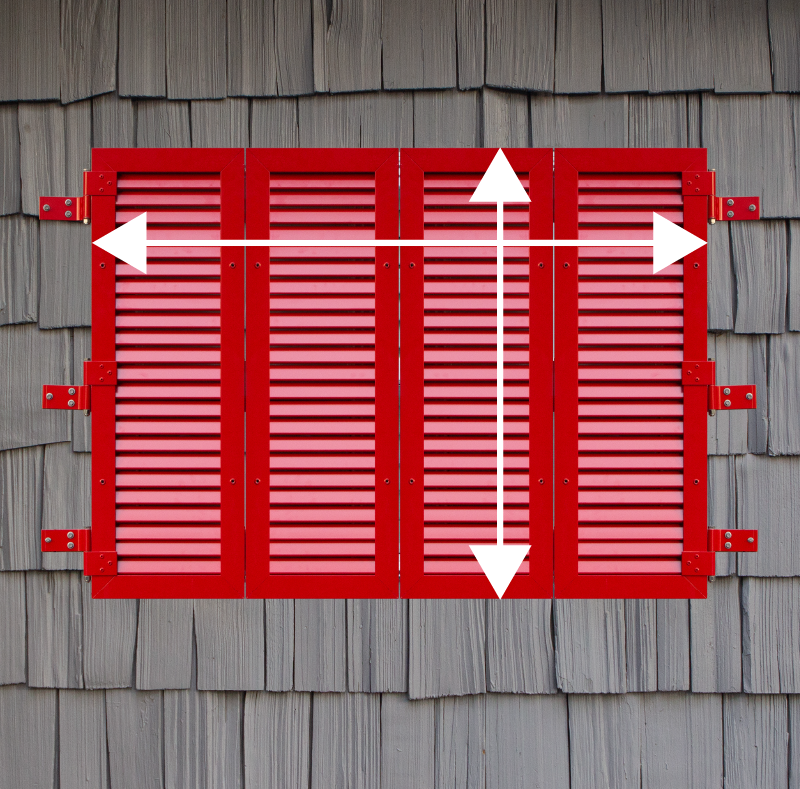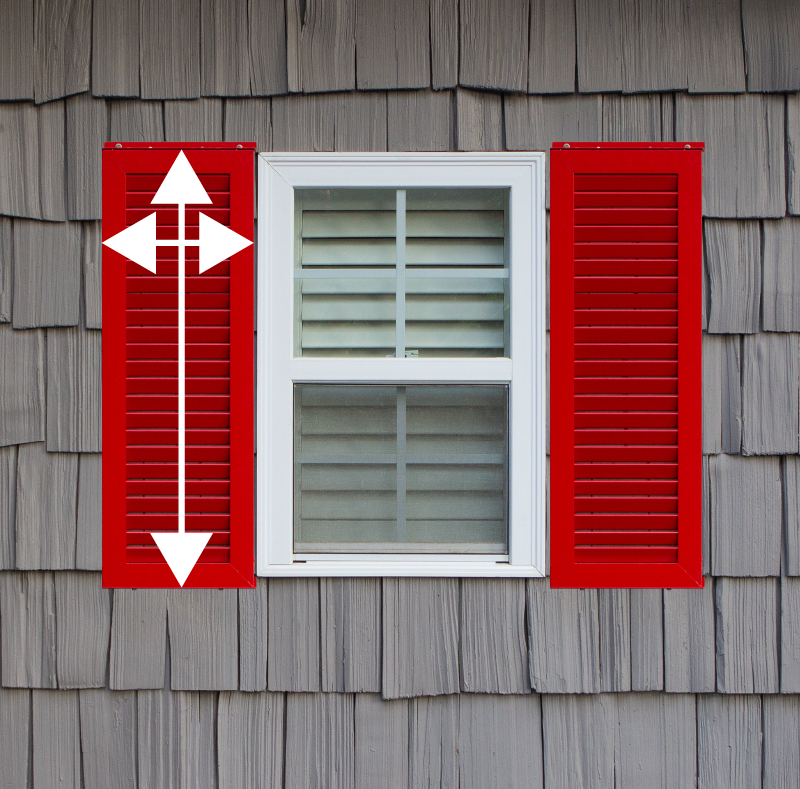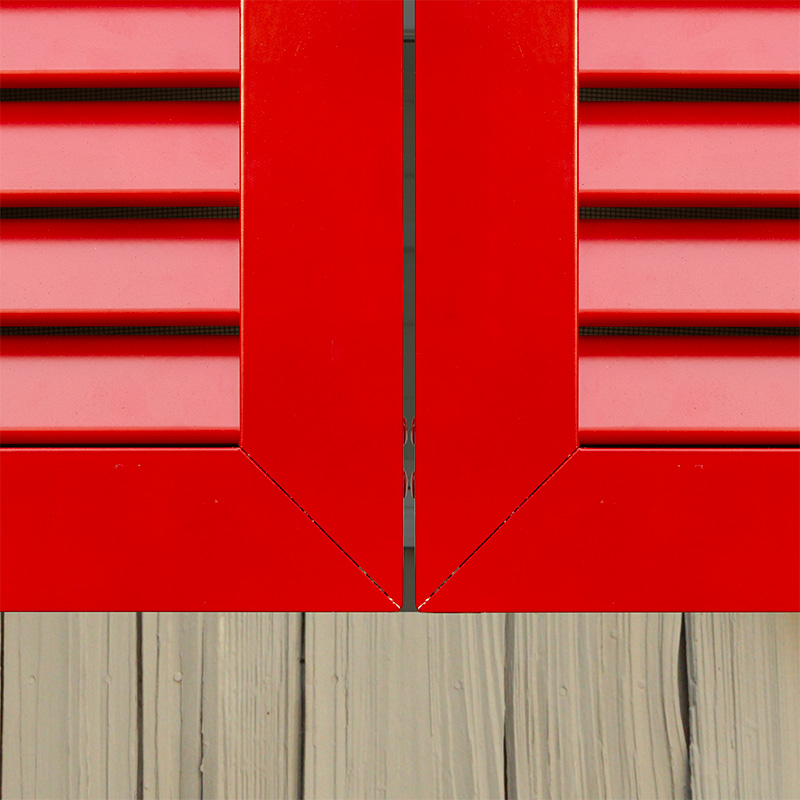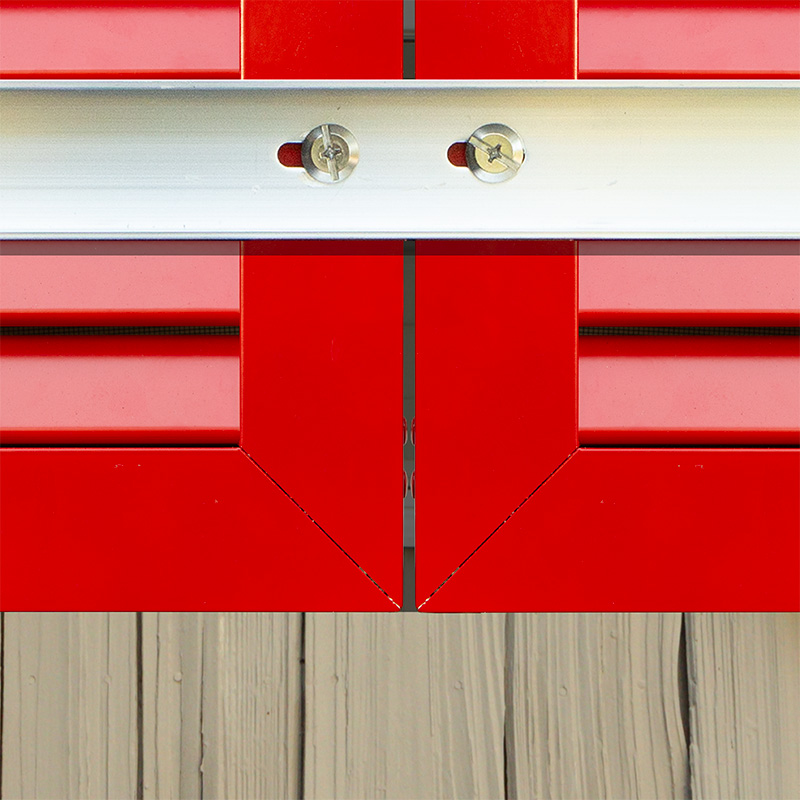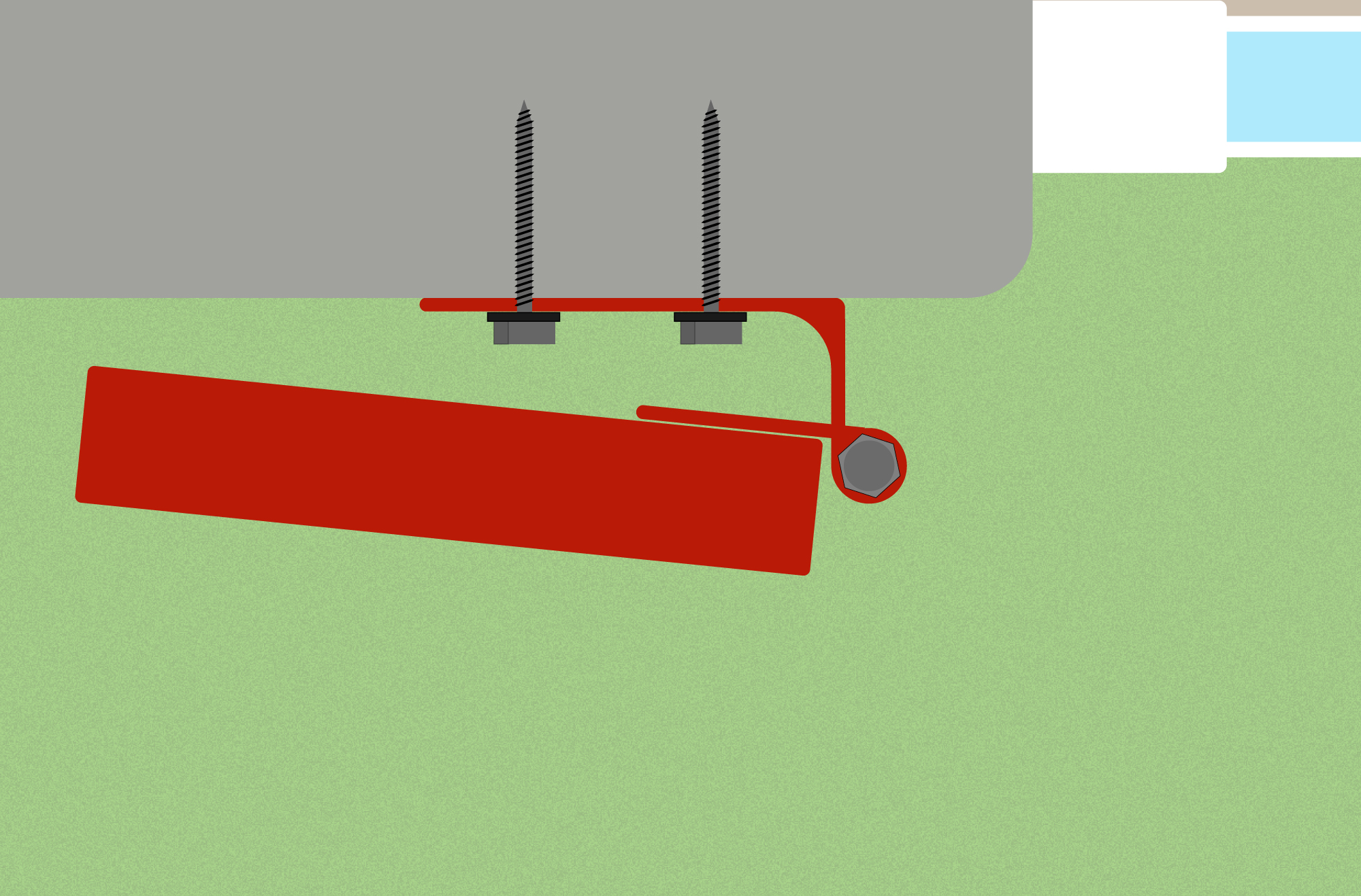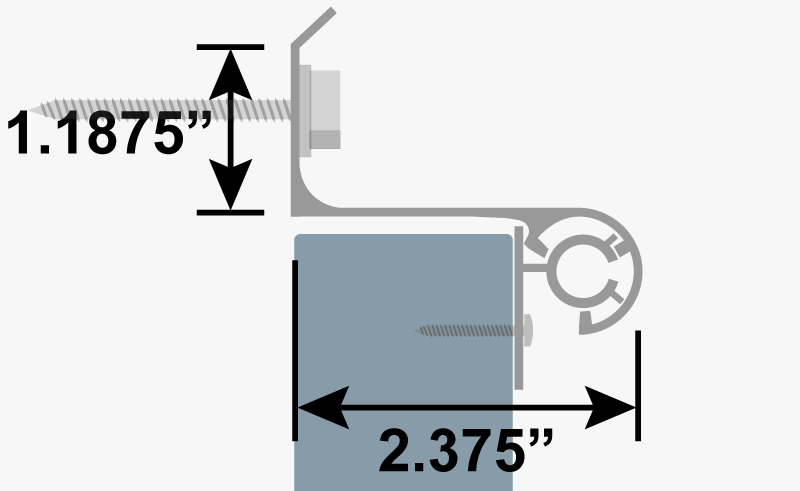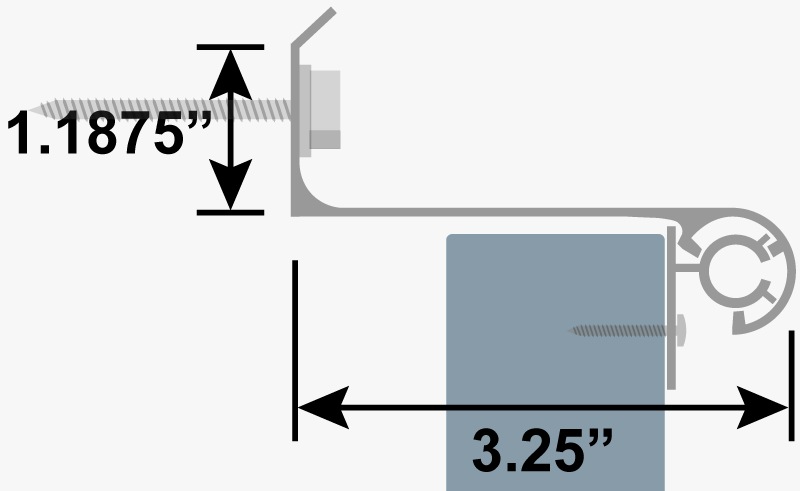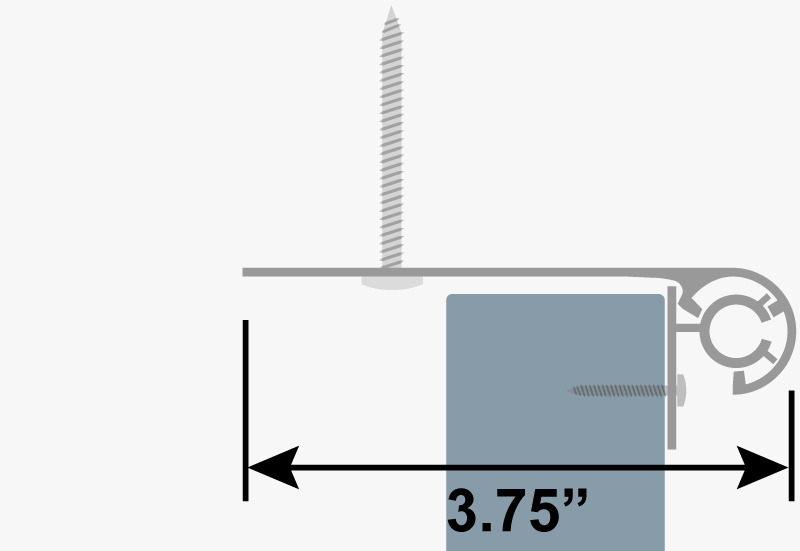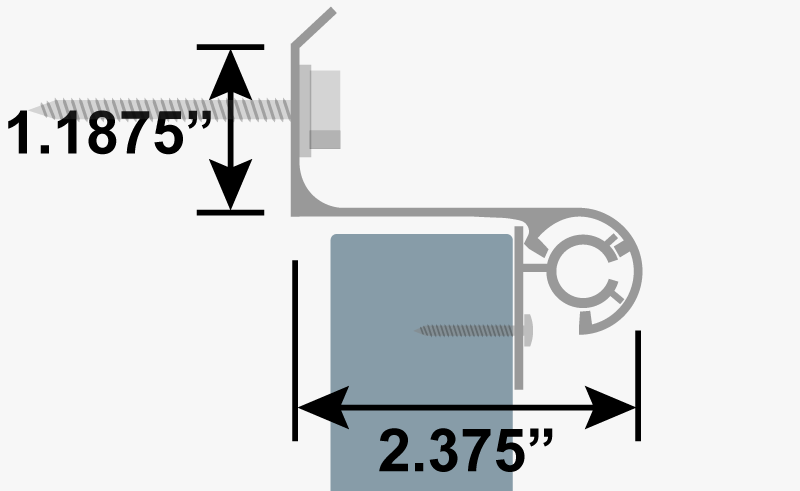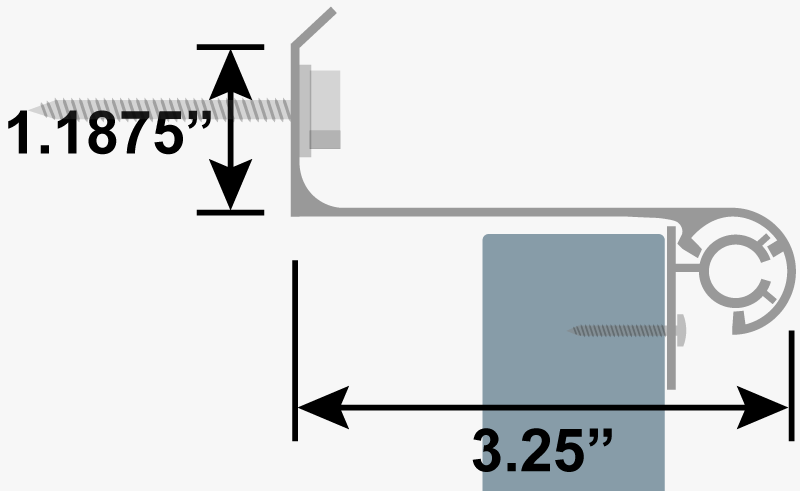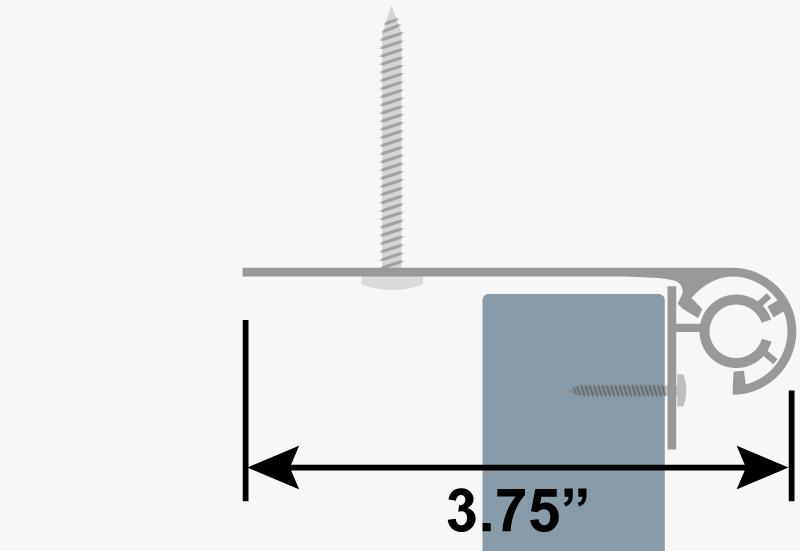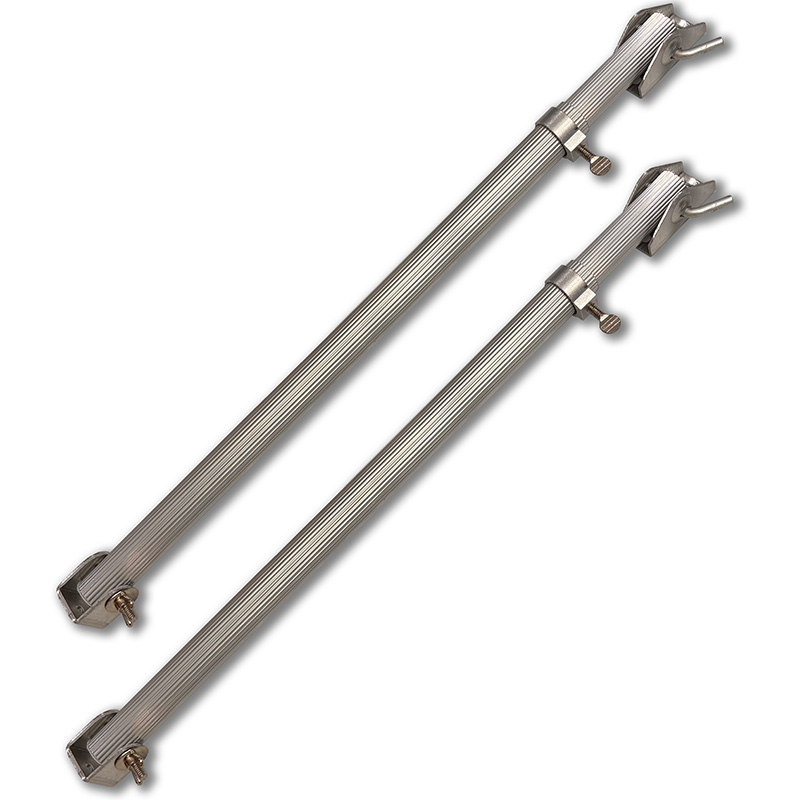Outside Wood Solid Panel Shutters
Raised Panel – Shaker Panel – Flat Panel
-
Cedar raised panel shutter with divider rail
-
Red Grandis shaker panel shutter with divider rail
-
Wood flat panel shutter with divider rail
-
Unfinished wood raised panel shutter
-
Wood raised panel shutter with divider rail
-
Wood raised panel shutter without divider rail
-
Arch top wood raised panel shutter
-
Unfinished wood shaker panel shutter
-
Wood grooved panel shutter with divider rail
-
Wood shaker panel shutter without divider rail
-
Wood flat panel shutter
-
Wood flat panel shutter without divider rail
-
Red Grandis raised panel shutter with divider rail
-
Black Cedar Raised Panel Shutters
-
Installed wood raised panel shutters
Description
Outside premium wood solid panel shutters provide a dynamic element to new and old homes alike. Each shutter integrates 1.5 inch thick vertical stiles and horizontal rails with a central recessed raised, flat or grooved composite panel. Solid panel shutters are offered in three woods; Red Grandis, Cedar and Mahogany. The width and height can be specified to the quarter inch for a perfect fit with multiple customizations and modifications.
Wood solid panel exterior shutters are also among the easiest to maintain, with fewer crevices to attract debris and a more solid surface to easily sand and paint.
read more
Dimensions
-
Width
14 – 45″ in 0.25″ increments
-
Height
15 – 86″ in 0.25″ increments
-
Raised Panel
Material: Extira composite
0.625″ thick raised panel
0.25″ thick outside edge
1.5″ bevel @ 11°
Flat on back of shutter
Shape cutout on request (+$)
-
Side Stiles
2.125″ wide
Inside routed dupont edge
-
Top Rail
3″ height
Inside routed dupont edge
-
Divider Rail
3″ height
Inside routed dupont edge
Division Point: Bottom of shutter to center of divider
Second divider rail available
-
Bottom Rail
3” height
Inside routed dupont edge
-
Shutter Depth
-
Spec Sheet
-
Width
14 – 45″ in 0.25″ increments
-
Height
15 – 86″ in 0.25″ increments
-
Flat Panel
Material: Extira composite
0.625″ thick
Flat on back of shutter
Shape cutout on request (+$)
-
Side Stiles
2.125″ wide
Inside routed dupont edge
-
Top Rail
3″ height
Inside routed dupont edge
-
Divider Rail
3″ height
Inside routed dupont edge
Division Point: Bottom of shutter to center of divider
Second divider rail available
-
Bottom Rail
3” height
Inside routed dupont edge
-
Shutter Depth
-
Spec Sheet
-
Width
14 – 45″ in 0.25″ increments
-
Height
15 – 86″ in 0.25″ increments
-
Groove Panel
Material: Extira composite
0.625″ thick
Shutter width:
2 grooves: 14” to 17.75”
3 grooves: 18” to 23.75”
4 grooves: 24” to 31.75”
5 grooves: 32” to 39.75”
6 grooves: 40” to 45”
Flat on back of shutter
Shape cutout on request (+$)
-
Side Stiles
2.125″ wide
Inside routed dupont edge
-
Top Rail
3″ height
Inside routed dupont edge
-
Divider Rail
3″ height
Inside routed dupont edge
Division Point: Bottom of shutter to center of divider
Second divider rail available
-
Bottom Rail
3” height
Inside routed dupont edge
-
Shutter Depth
-
Spec Sheet
-
Thank you for a smooth transaction, I would recommend your services.
G.P.
-
My experience with Shutterland has been outstanding. From order to shipment/delivery to paint prep and final painting all went super. They look great! I …
Norm B.
-
I ordered a set of exterior louvered shutters from Shutterland last fall. I recently had them painted and installed. I wanted to let you know …
Pamela S.
-
Received my order – I have to commend you on the quality and construction of the product made to a standard way above my expectations particularly …
Bill O.
-
I was looking for shutters to replace our original (and rotting) wooden shutters on our home, built in 1942. Comparing materials, prices, and quality, I …
David A.
-
I ordered my shutters online and it was nice to be able to give my custom measurements so that everything was snug for my application. …
Michael A.
-
We are very pleased with the quality of our new shutters. They’re well made; very solid and substantial. Much better than the cheaper vinyl …
Nancy R.
-
We had three sets of shutters that were five years old that began to deteriorate. We ordered the Shutterland shutters with California Redwood to get …
James R.
-
Shutters came as expected, and matched well with the siding color, the roof color and the door. They were solid and very high quality – as …
Ravi S.
-
My experience with Shutterland was good. The shutters were easy to order and arrived within the quoted amount of time. The product arrived exactly as …
Cameron S.
-
We love the final results of our Shutterland flat panel composite shutters. We live in Florida and the constant humidity and wet weather can wreak …
Geoffrey M.
-
We are very pleased with our Bahama shutters we ordered from you. The quality of product as well as service from both Shutterland and House …
Chuck O.
-
The shutters really are beautiful. The painter we are using took one look at them and said “these are the heaviest, most sturdy shutters I …
Doug B.
-
This is my favorite historical renovation yet thanks to your shutters with tilt rods.
Sherri L.
-
We wanted to get the old falling-apart shutters replaced before the holidays, and it was mid September. When I found Shutterland online, I called …
Tom A.
-
We are pleased with the quality, pricing and results achieved with the shutters. Of note, unfortunately we were not aware of your site and ordered …
John Z.
-
We are loving your shutters installed on our historic home in Charleston, SC. BAR approved and looking good! We will order another set for a …
Lani C.
-
My experience with Shutterland.com was very good. The shutters arrived considerably earlier than I expected, and I was very pleased with them. The shutters …
Mark G.
-
The shutters were delivered in a timely fashion. They were exactly like the way they were pictured. We are very pleased with the shutters. We …
Steve S.
-
This was my first time using Shutterland. The company was always professional to deal with and kept me informed of the production timeline throughout the …
Adam D.
-
Our house took a direct hit from Hurricane Irma last year when the storm made landfall in our ocean front yard as a Category 4 …
Roy S.
-
I ordered custom size exterior shutters from ShutterLand and they are awesome! They look great and really add to the beauty of our home. Thanks …
Stephen D.
-
We had an excellent experience with ShutterLand. Our shutters were delivered in the time frame we were told and were the proper size and of …
Pam D.
-
My exterior louvered shutters arrived today. Just beautiful!!! I almost hate to have to paint them. They are sturdy, well constructed and much more than …
Joe & Kirsten S.
-
Great selection of sizes and styles of exterior window shutters; easy to order online. Delivery was timely, the quality outstanding. It was a pleasure to …
James B.
-
I was amazed at the quality of your window shutters. It was far superior to any other house shutter material I have purchased. Excellent quality …
Bruce G.
-
The best shutters we have ever had, and I can’t believe we ordered them on the Internet! I have given your web address to …
Caroline N.
-
Wooden exterior shutters are well made and beautiful. I just finished painting them and can’t wait to get them on my house!
Cheryl B.
-
I was so happy to find your company online and you had exactly what I wanted at a good price and excellent workmanship.
Beth K.
-
I would use this source again for outdoor shutters and would also recommend it to others. The price, quality and service were excellent.
Gordon S.
-
Much better than my “in-store” experience. Great exterior shutter selection and prices!
James P.
-
My wife and I recently purchased four cedar shutters from you. They arrived on time and in perfect condition. I just wanted to let you …
Mark H.
-
I had a question about priming the shutters and your representative, Jack, gave me a very quick and useful response on just how to prime …
Neil S.
-
Thank you so much. My wife was blown-away at how nice they look and the color is a perfect complement to our new concrete-…
Tom B.
-
I recently ordered some exterior shutters from your company. I want to tell you how impressed I was with the quality of your work. I …
Paul G.
-
Having checked many sources for good quality combination house shutters, I found ShutterLand to have a good selection with the sizes I needed and excellent …
David F.
-
We are very pleased with the fast service and quality of product; we have had many compliments on our raised panel shutters and are happy …
Lori W.
-
These are the best shutters (quality and price) I have found anywhere.
John R.
-
My experience was great. Thanks.
Roger
-
Being somewhat of a woodworker myself, I was very impressed with the quality of workmanship that went into the shutters. I will no doubt use …
Peter P.
-
I would definitely purchase from Shutterland again!
ShutterLand Customer
-
Shutters were made with excellent, quality materials and delivered undamaged and in a timely manner.
David W.
-
Very satisfactory experience with your company. Well made shutters and good service. Thanks!
Mark G.
-
I just want to say how much I LOVE the shutters I ordered from y’all (yes, I’m from South Louisiana so I don’…
Charlotte H.
-
The shutters arrived Monday, right on schedule. They are SO BEAUTIFUL. I just wanted to stand and admire them. I HATED to paint them. They …
Rebecca T.
-
I have an older home and wanted to keep the authentic look of raised panel outside shutters. The original wood shutters had been painted numerous …
Karen R.
-
The exterior shutter looks like a work of art. The other house shutters that I have are either molded plastic or older wood ones that …
Sparky K.
-
This is the only web site I found that was truly adequate for ordering quick shutters without any other contact. Very convenient.
Allen P.
Construction of Wood Solid Panel Shutters
The basic structure of outside solid panel shutters is what makes them globally appealing. Each shutter is constructed with wood horizontal rails and vertical stiles. Floating in the middle resides a raised, flat or grooved solid panel constructed from Extira, a stable and reliable composite material.
ShutterLand offers solid panel shutters in three premium woods – Red Grandis, Cedar and Mahogany. Lumber is harvested from sustainably managed forests and carefully selected for straight lengths with minimal blemishes. All wood is thoroughly kiln-dried before construction begins. The stiles and rails of these exterior shutters are assembled from all solid lengths of premium wood, which are never finger-jointed. The intersection between the stiles and rails are secured with 2 ½” wood dowels, exterior glue and 3 ½” threaded screws for superior durability.
Pros
+ Can be installed with functional hinges
+ Historically accurate
+ 1.5″ thick shutters
+ Sustainable kiln-dried lumber
+ Solid / Straight / Smooth components
+ Strong and durable
+ Full range of sizes available
+ Unlimited paint colors
+ Long life expectancy
+ Free shipping for most sizes
Cons
– Can absorb moisture if finish compromised
– Moderately heavy
– Cannot be stained
The inside panel portion of this shutter style is crafted from a composite material manufactured to be especially durable in outdoor applications with high moisture content. Extira composite is used for the inside panels because it can be manufactured as one solid piece to maintain form over time. The bevel on composite raised panels cut on a diagonal exposes the embedded wood fibers that can cause the surface to become slightly rougher than the face. This standard characteristic is universal and unavoidable. Sanding causes wood fibers to dislodge, resulting in more craters. Filling with wood putty results in an inconsistent patchy complexion, which is also not desirable. The texture difference may be noticeable when handling the shutters but generally imperceptible after they are installed.
Wood Solid Panel Shutter Options
The wood raised panel exterior shutter design is historically familiar. The style originated in Colonial America and offered privacy, light control, temperature regulation, and greater security than louvered shutters with simple design. The raised panel layout with an elevated composite section is adaptable to many styles of homes throughout the United States.
Contemporary, Mission and Mid-Century Modern style homes regularly incorporate wood flat panel shutters into their architecture. This minimalist approach with clean square lines and uncomplicated design still adds color and contrast but reduces the nonessential elements.
Wooden outdoor shaker shutters borrow inspiration from the board & batten design. The stiles and rails flank the interior section, which simulates vertical boards. The versatile shaker shutters are popular on farmhouse and craftsman style homes.
Wood Solid Panel Shutter Paint Colors
Solid panel shutters can be ordered unfinished, primed, or factory painted. Raised panel shutters cannot be stained because the composite paneled sections are unable to absorb stain. Solid raised panel shutters are much easier to sand and paint than louvered shutters.
We recommend priming with a solvent-based primer (not water based) because it bonds better with the composite material in the raised panel portion of the shutter. After priming, sand once more with 220-grit sandpaper, then remove all dust with a tack cloth. Once the surface is clean, two coats of a water- or oil-based quality exterior paint will ensure the shutters are ready for exterior use.
ShutterLand also offers factory priming and painting so your shutters are ready to install upon receipt. We use Benjamin Moore high performance oil primer / sealer in a medium gray color for thorough coverage, ready to accept any paint color.
If painted shutters are specified, we then spray two coats of Benjamin Moore Corotech COMMAND paint for thorough coverage in any color desired. Our nine standard paint colors are Black, Black Forest Green, Chrome Green, Tudor Brown, Charcoal Slate, Cottage Red, Country Redwood and Hamilton Blue. If you have a specific paint color you wish to match, we can custom mix paint based on the manufacturer and paint color specified for an additional $200. White or light-base colors may require an additional $35 per shutter. The increased amount is applied because light-based colors are more difficult to apply than darker colors, and will be presented for approval before an order is processed.
Options for Wood Raised, Flat and Shaker Panel Shutters
While many of the dimensions of wood solid panel shutters are standard, homeowners can customize the width and height of the shutter to the closest ¼ inch. A divider rail is optional for shutters under 70” and can be specified anywhere on the shutter by providing the location from the bottom of the shutter to the center of the divider. A second divider rail can also be incorporated for a small fee.
On special request, unique cut outs can be used with raised panel exterior shutters to really personalize the home. Any shape can be provided to create a cut out, which is typically located in the top portion of a raised panel shutter. Some of the most popular categories include:
Trees – palm tree for tropical locations or evergreen for wooded cabins
Ocean– seahorse; turtle; starfish; sailboat; anchor
Plant – tulip; clover; pineapple acorn
Ornamental – fleur-de-lis; candlestick; heart; Swiss cross; crescent moon; diamond; windmill; star; horseshoe
Animal – squirrel; dog; horse; dove; butterfly
Raised panel shutters are flat on the back, but they are still often installed as functional units since the back side is infrequently visible. Flat and shaker shutters also have no detail on the back side. It is necessary to obtain appropriate hardware if shutters are to be operable; this includes hinges, shutter dogs and tie backs. The supplier can assist with selecting the correct shutter hardware for each unique installation.
We want you to make an informed decision before ordering your quality exterior shutters. If you need any assistance determining the custom sizes, finishes and options for your wood raised panel shutters, ShutterLand is happy to help. After ordering, custom raised panel wood shutters are typically manufactured in 4-6 weeks, then shipped directly to your home. We are confident you will be satisfied with the beauty and longevity of ShutterLand wood solid panel shutters.


